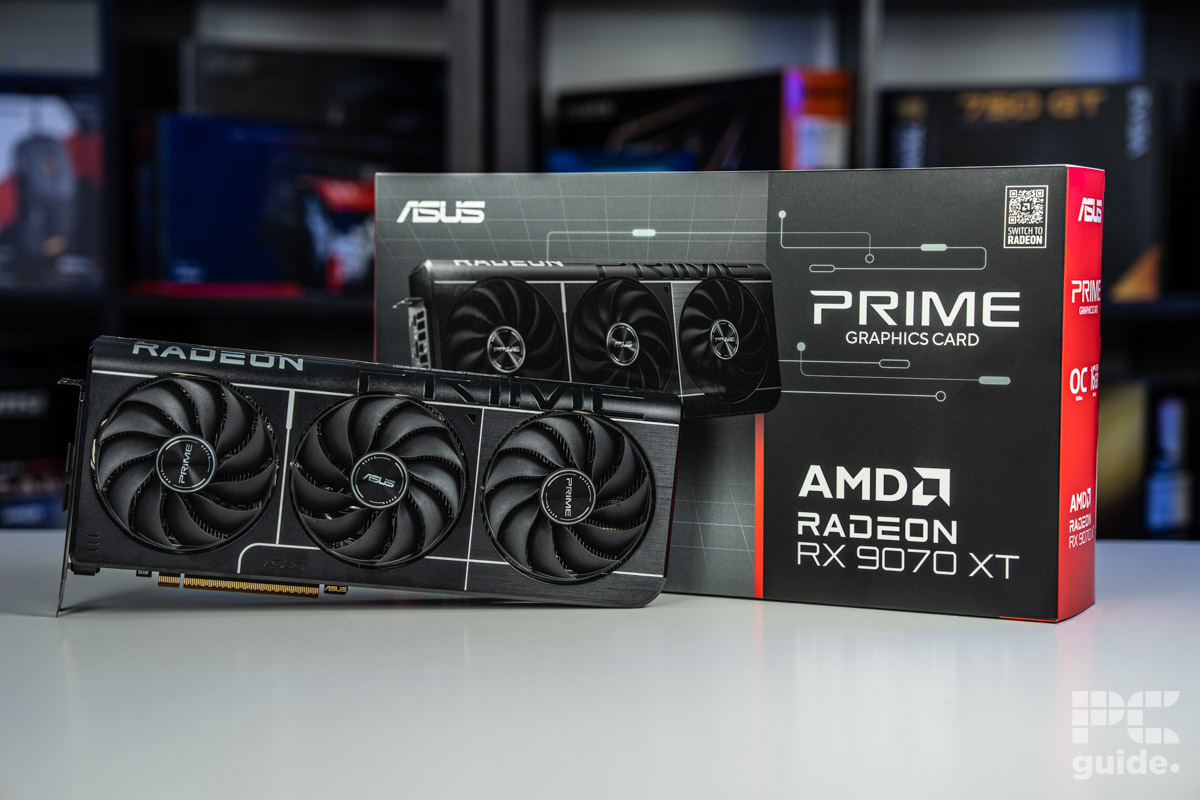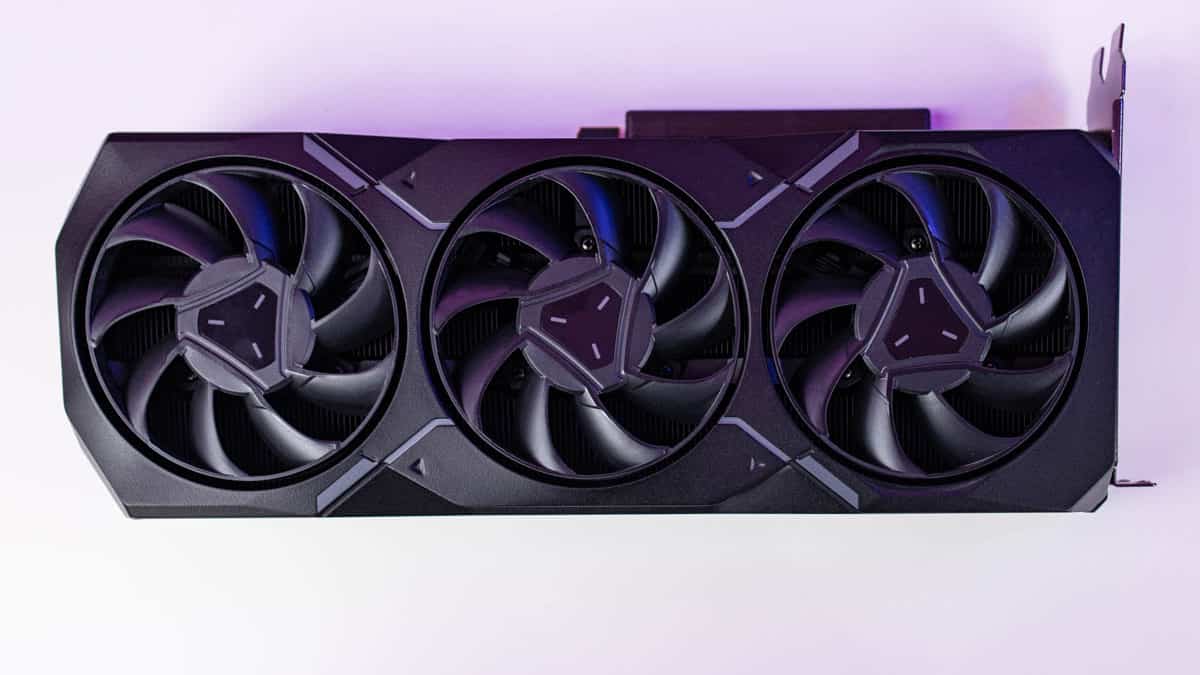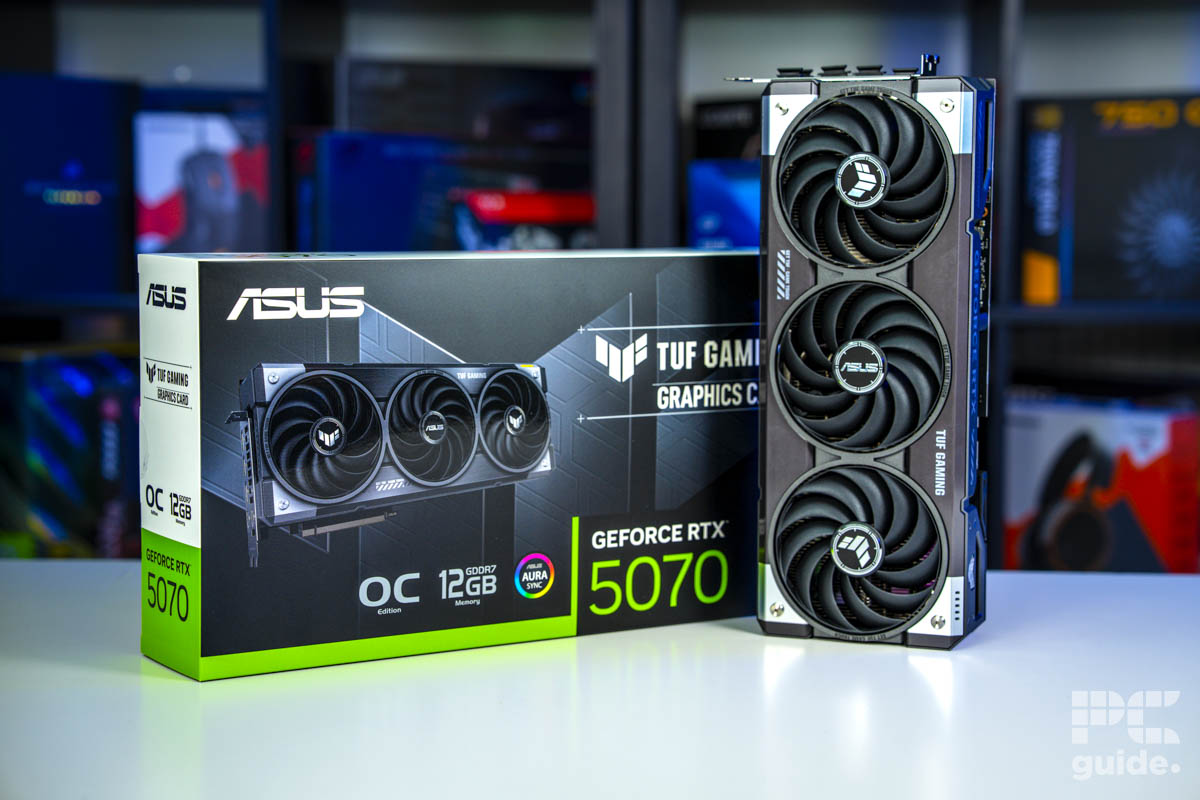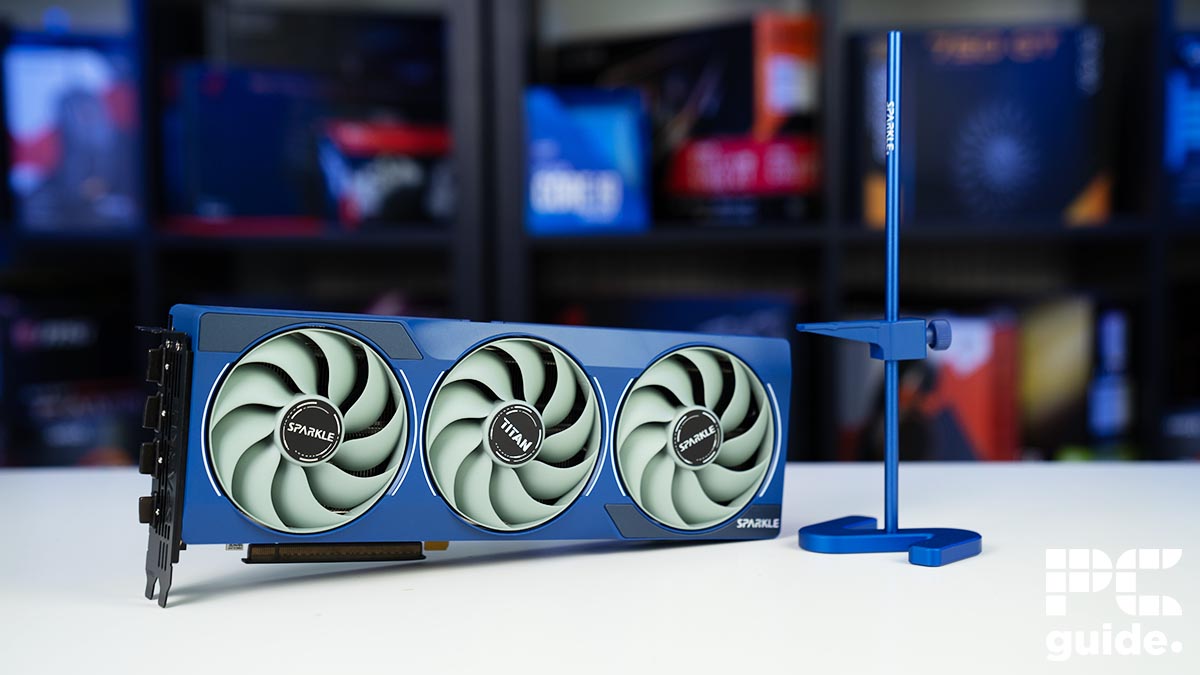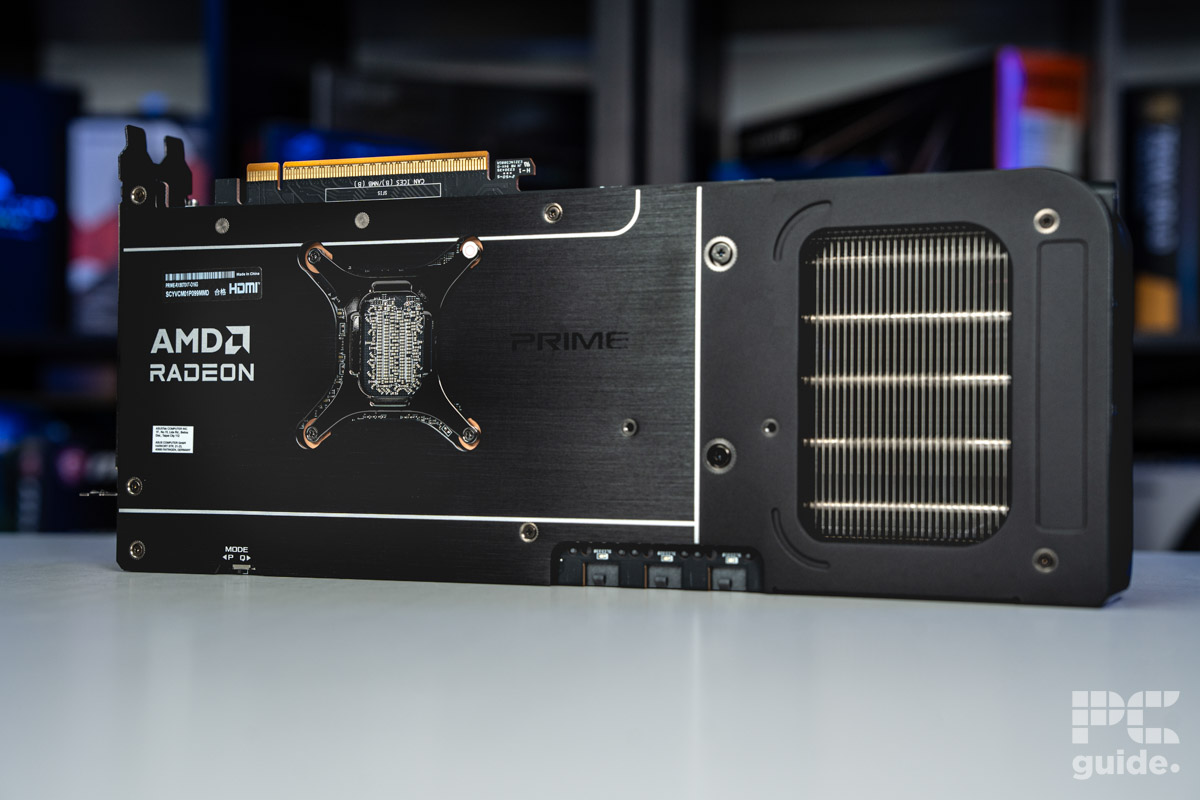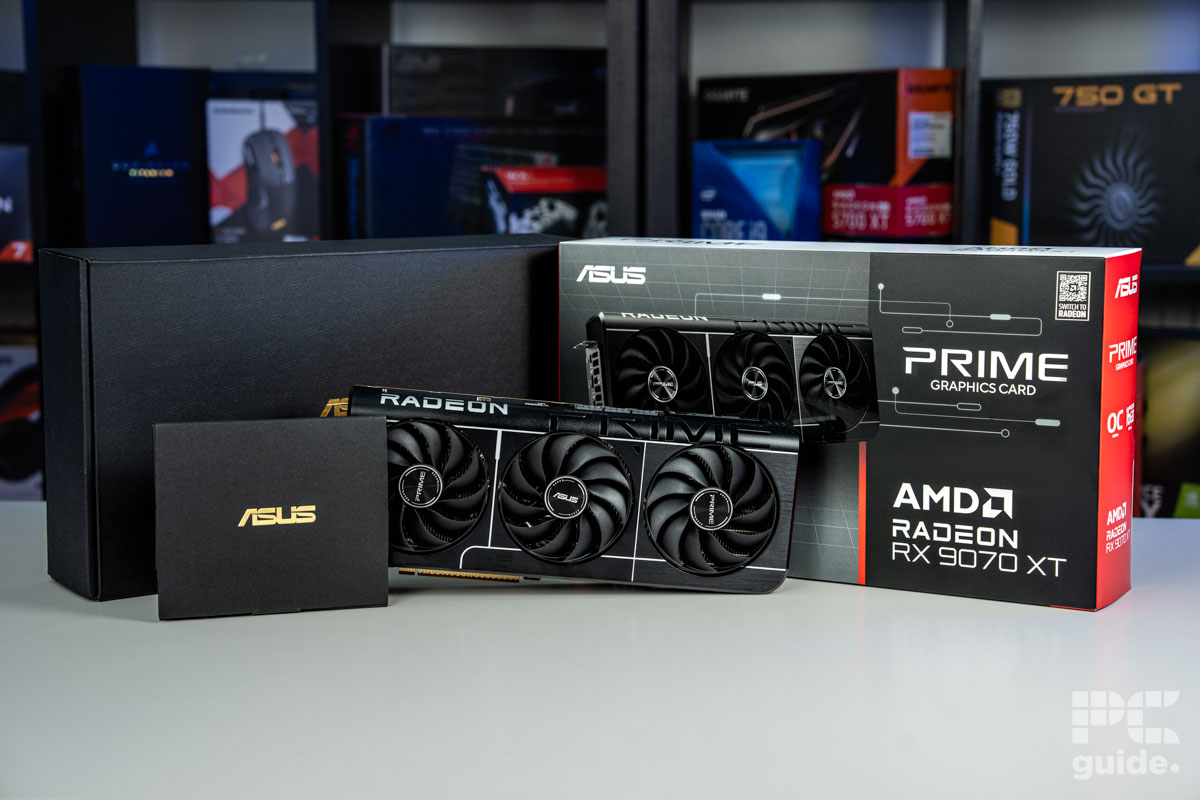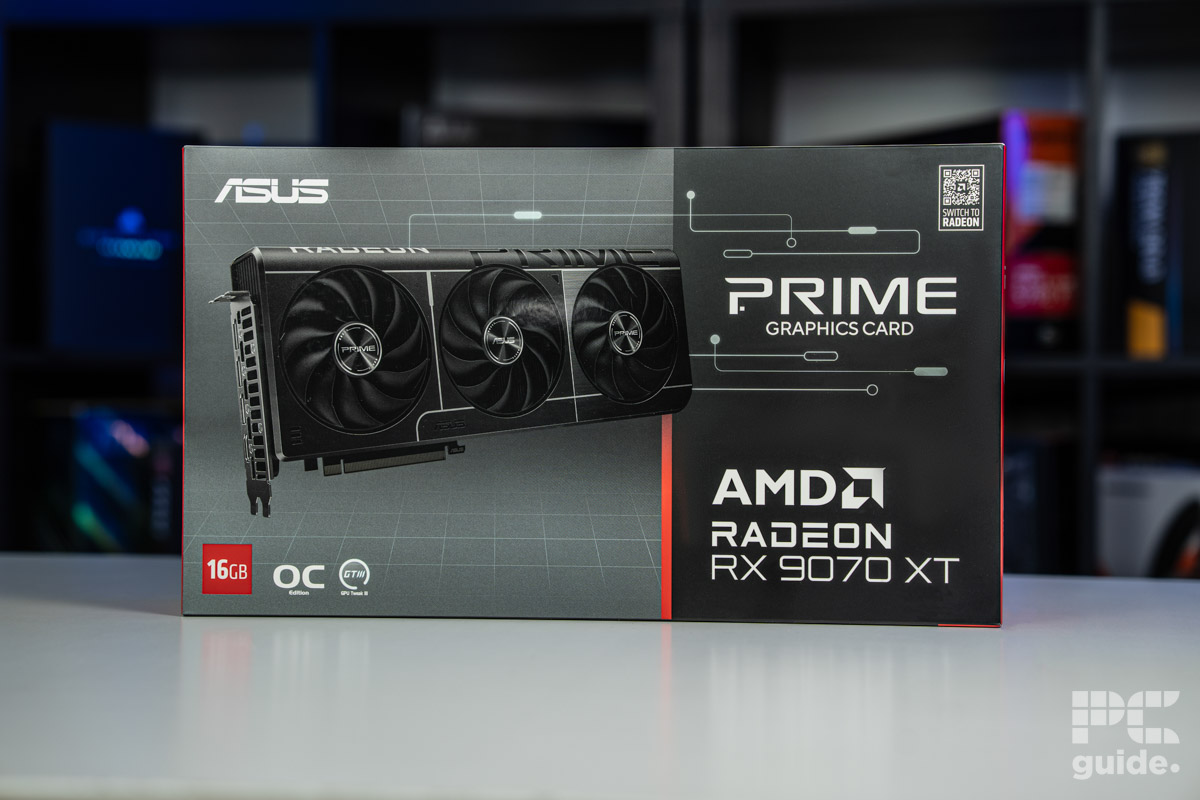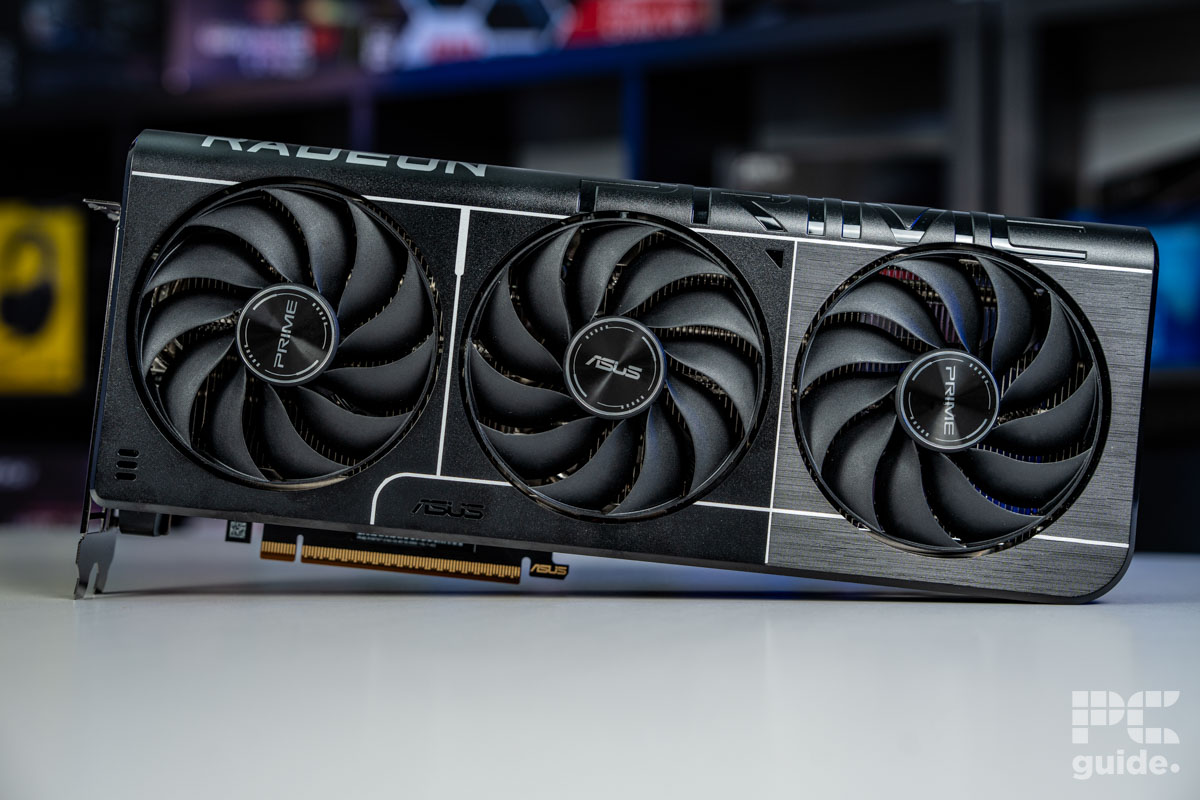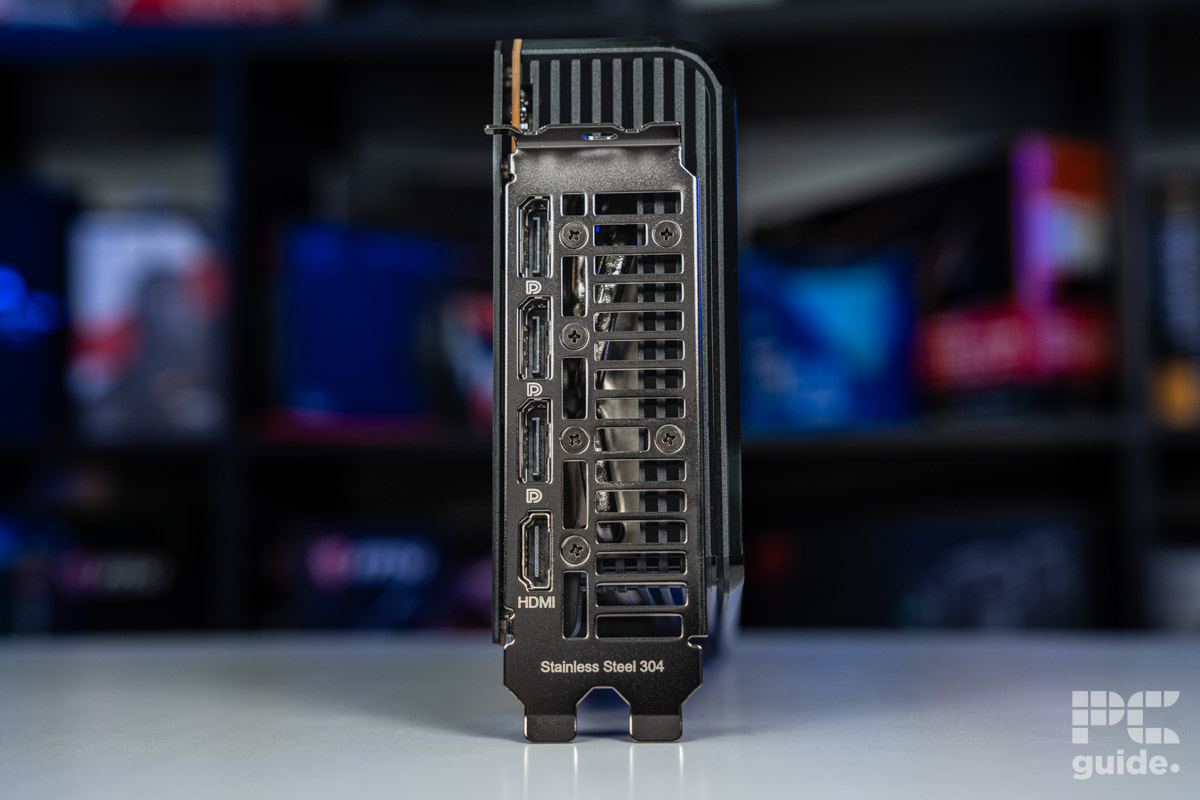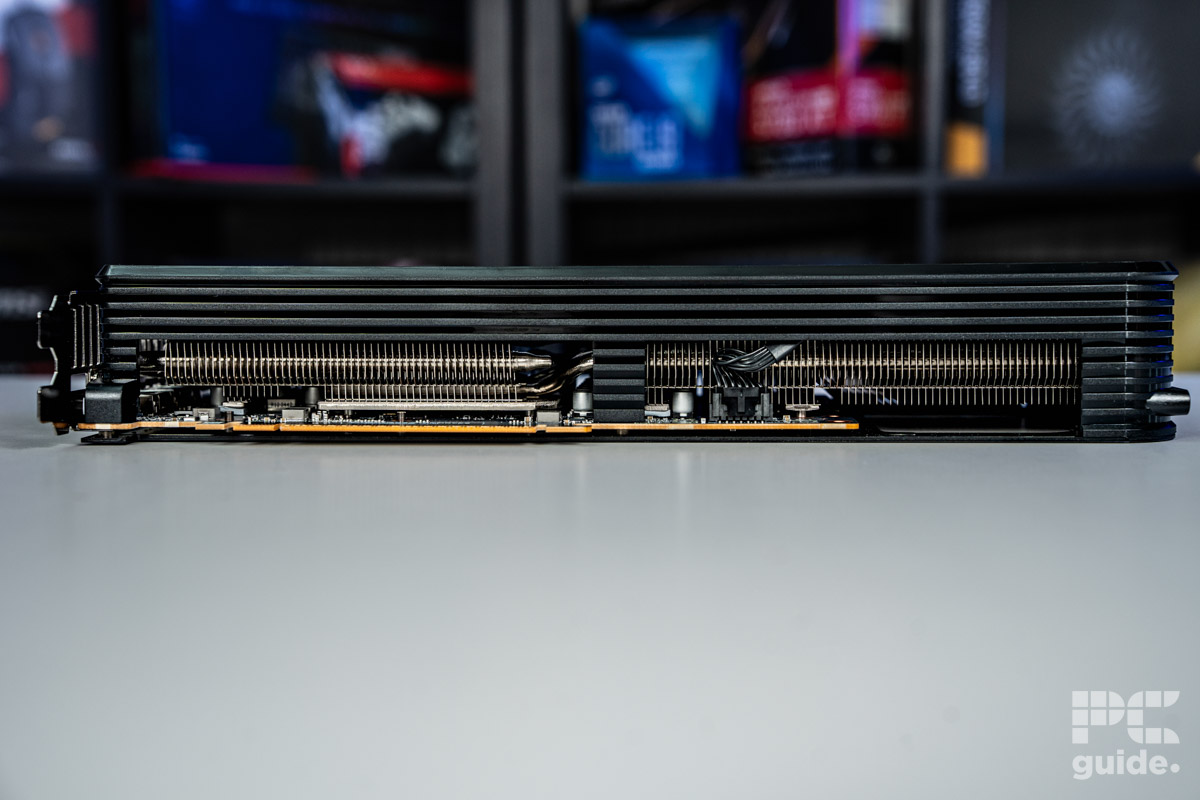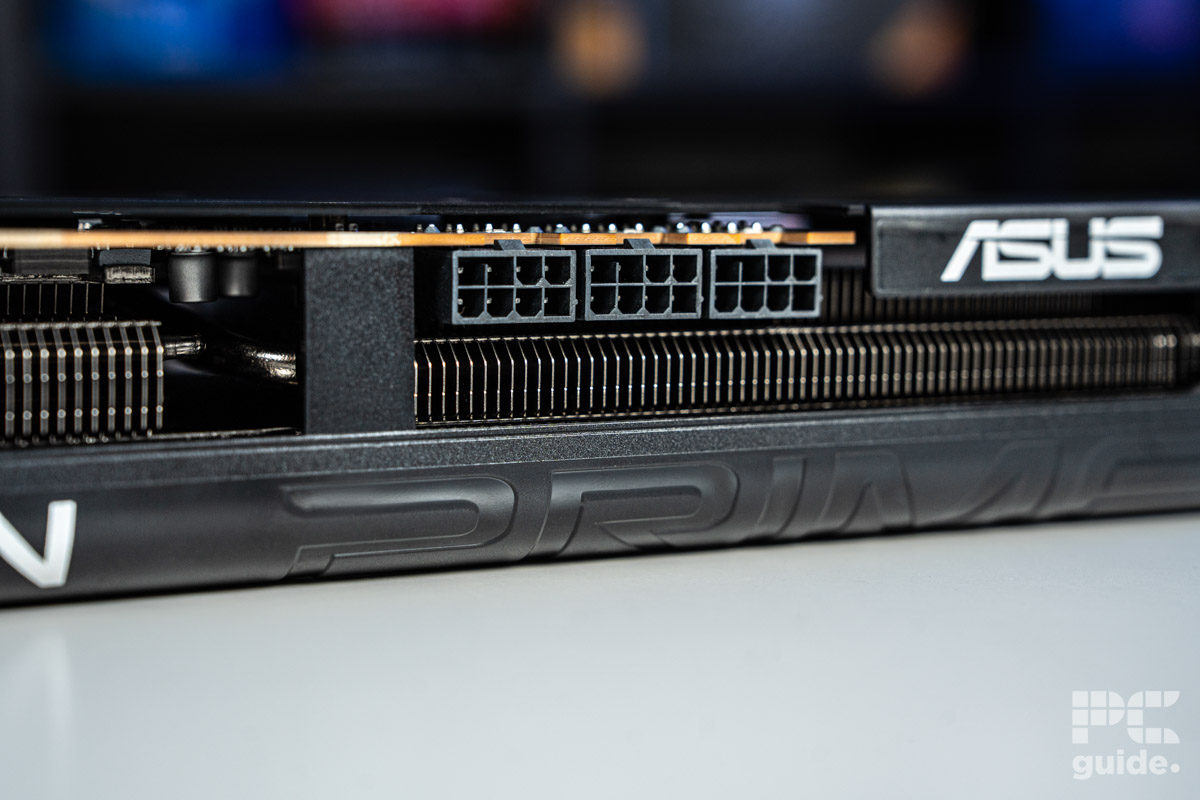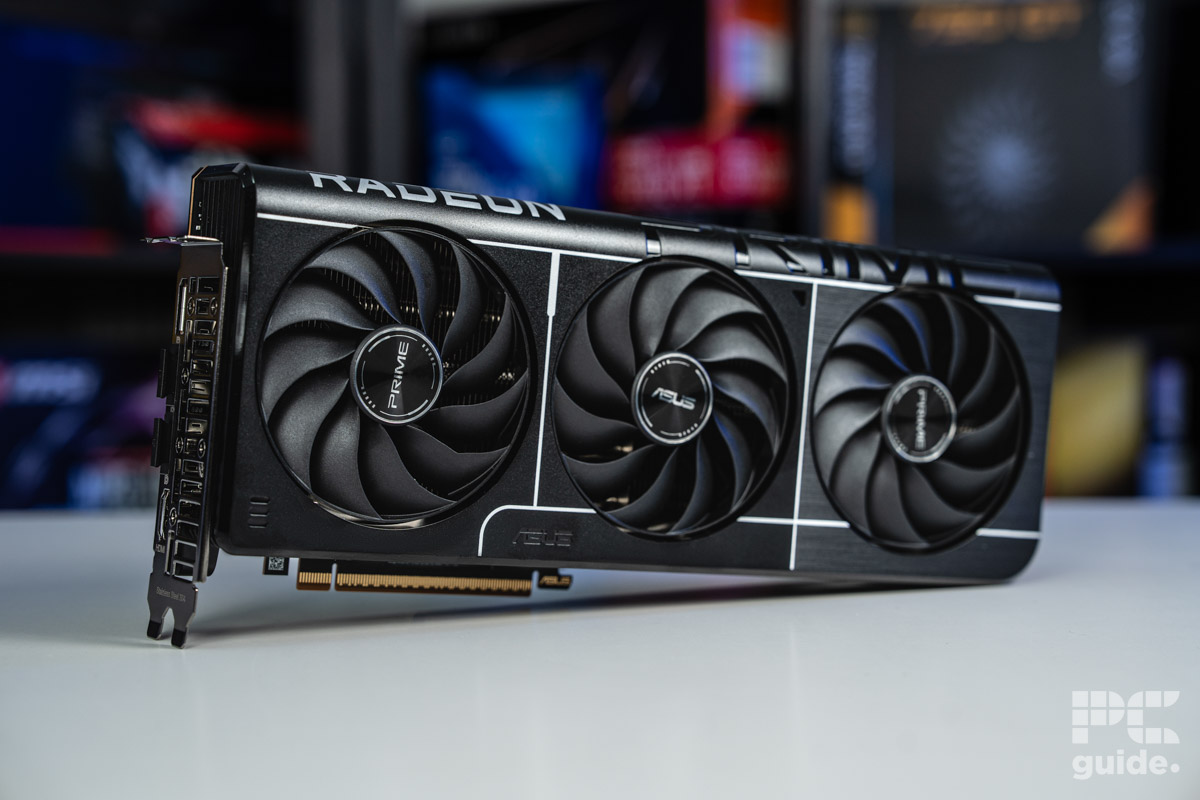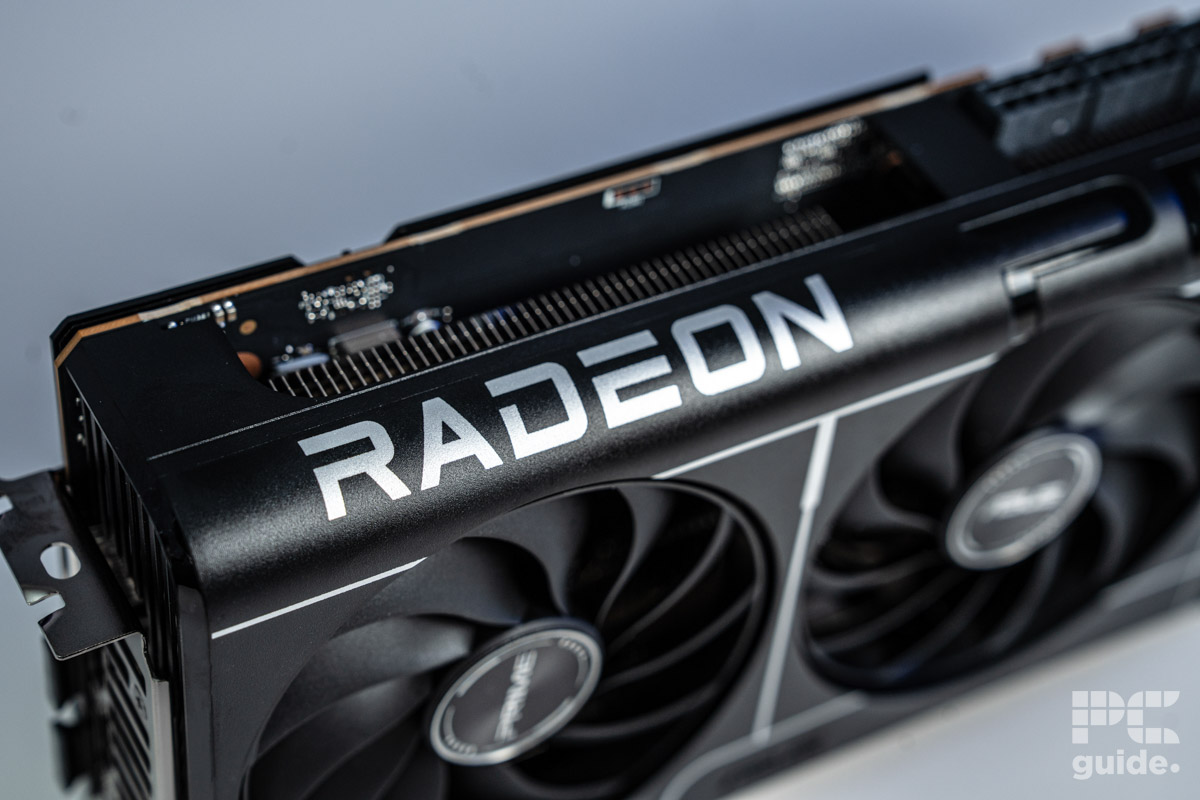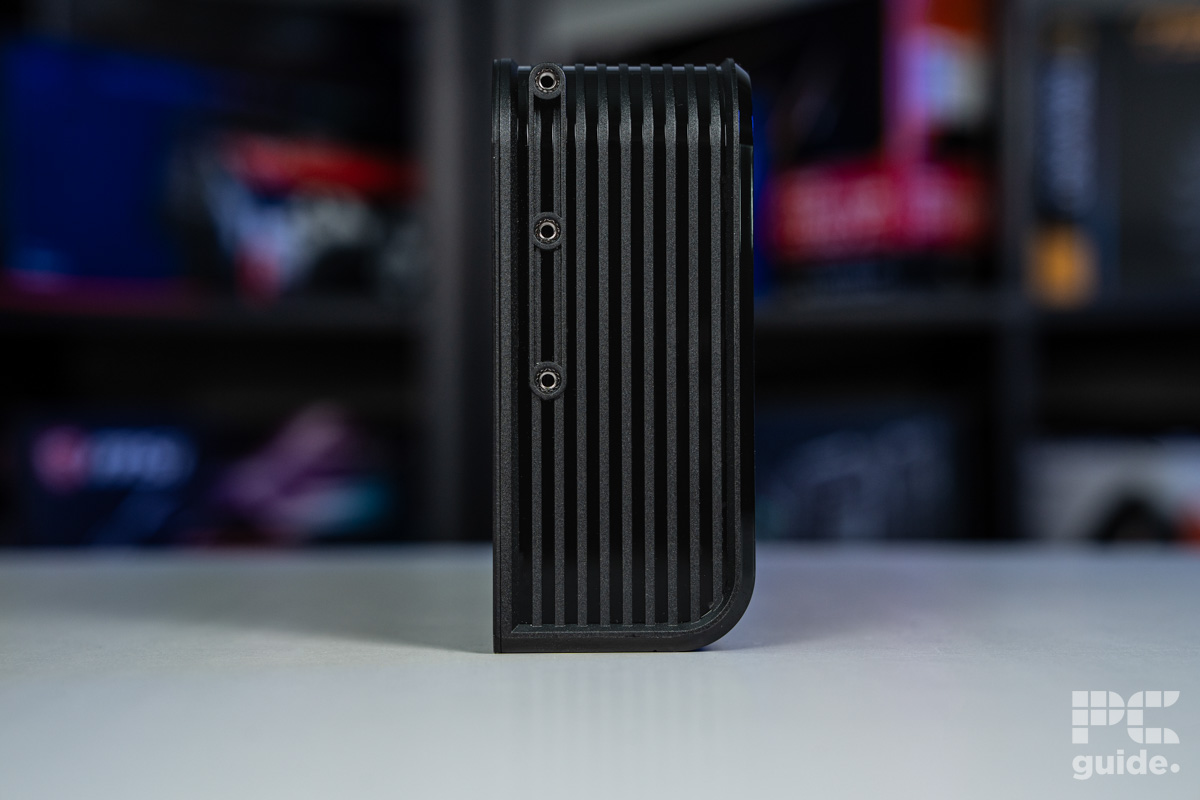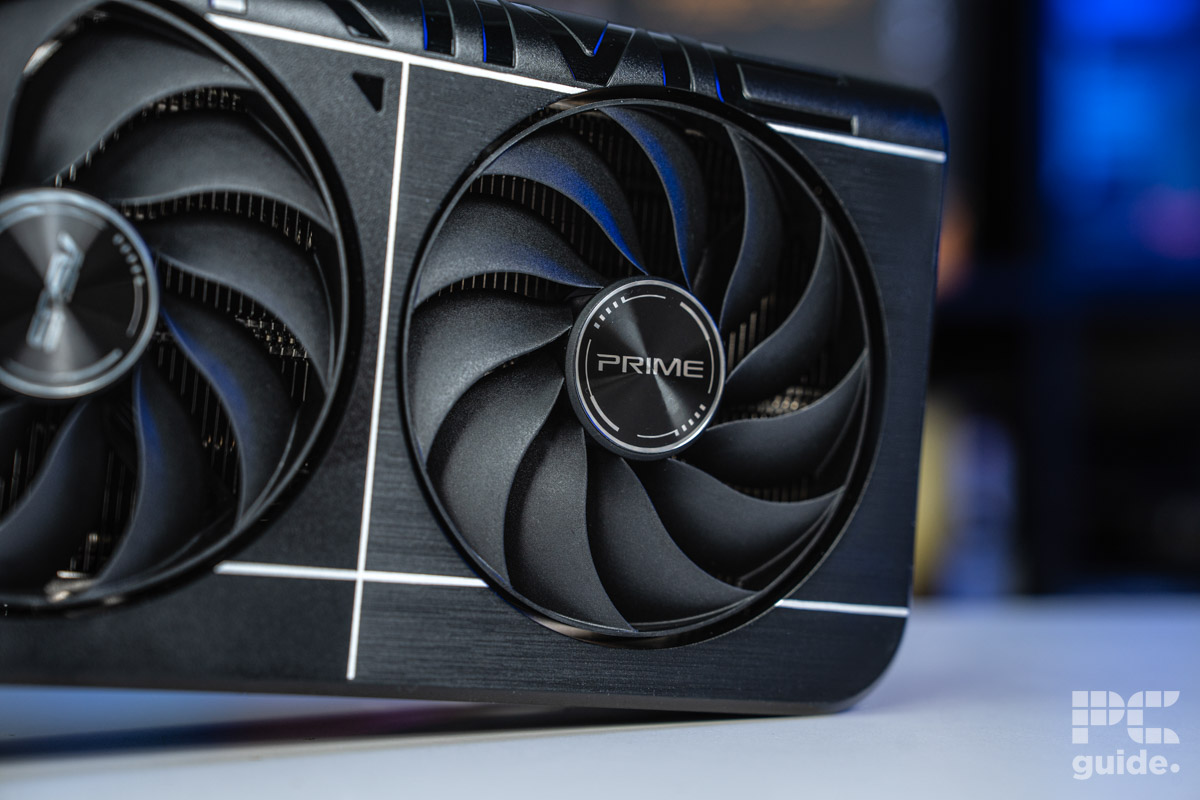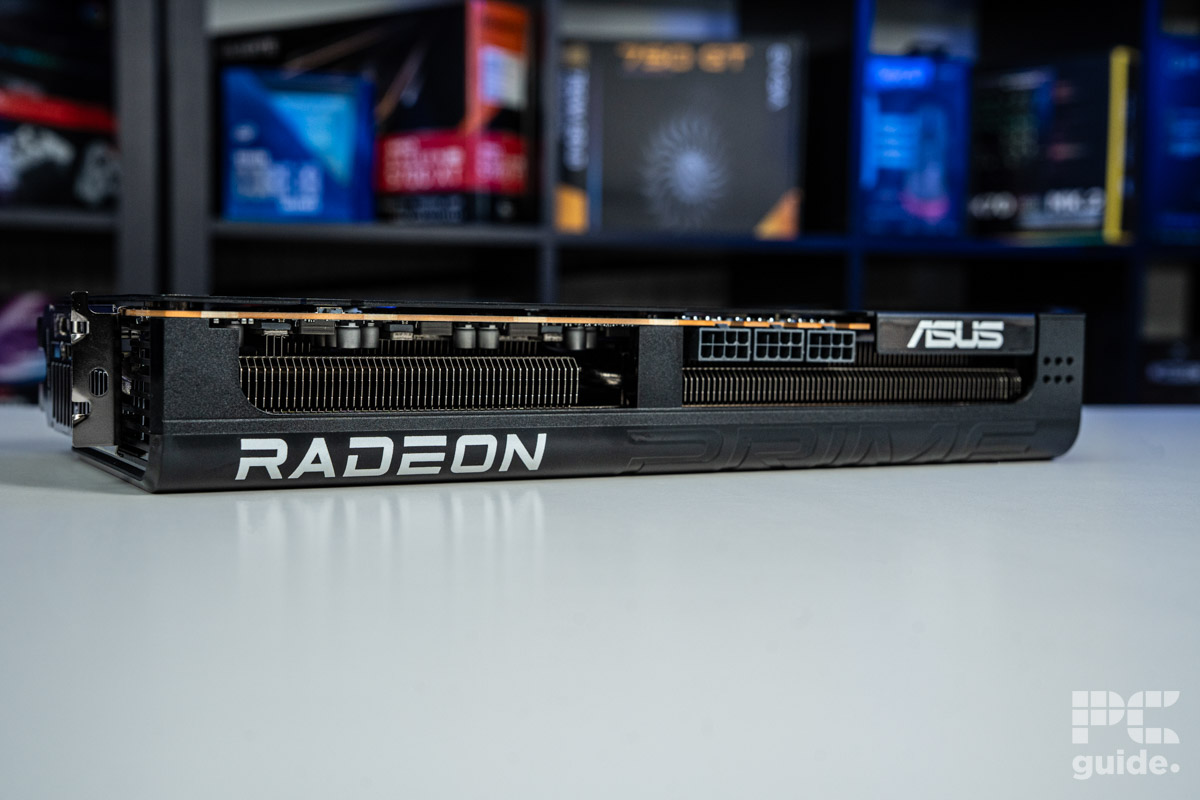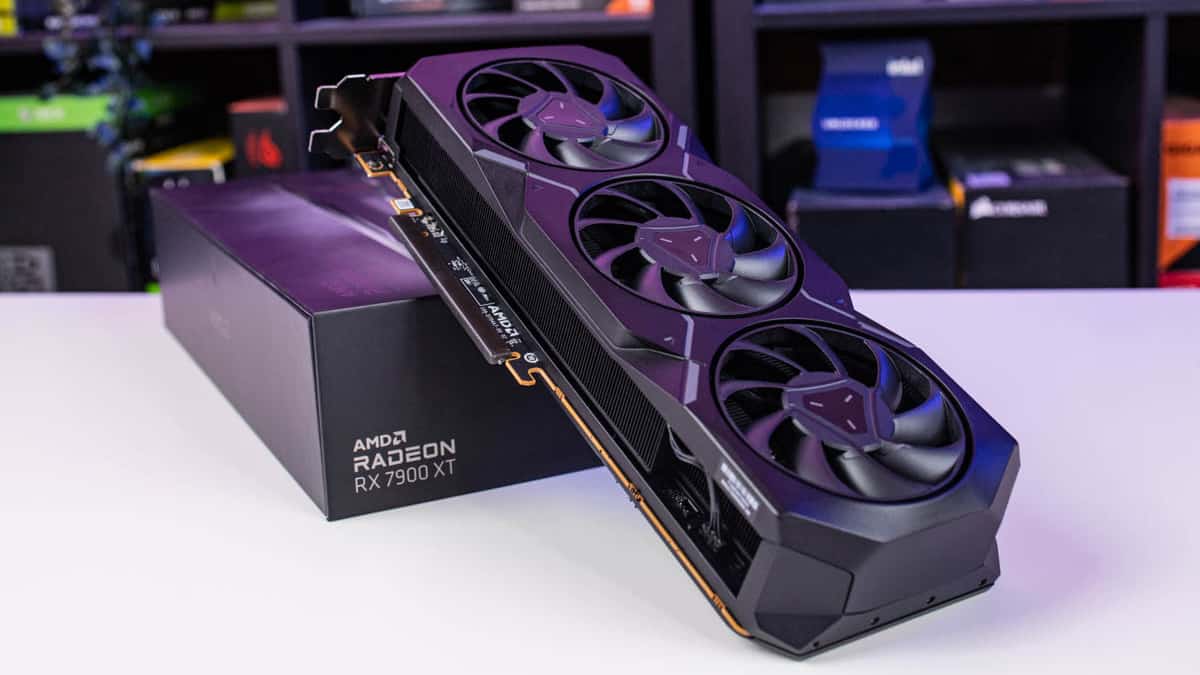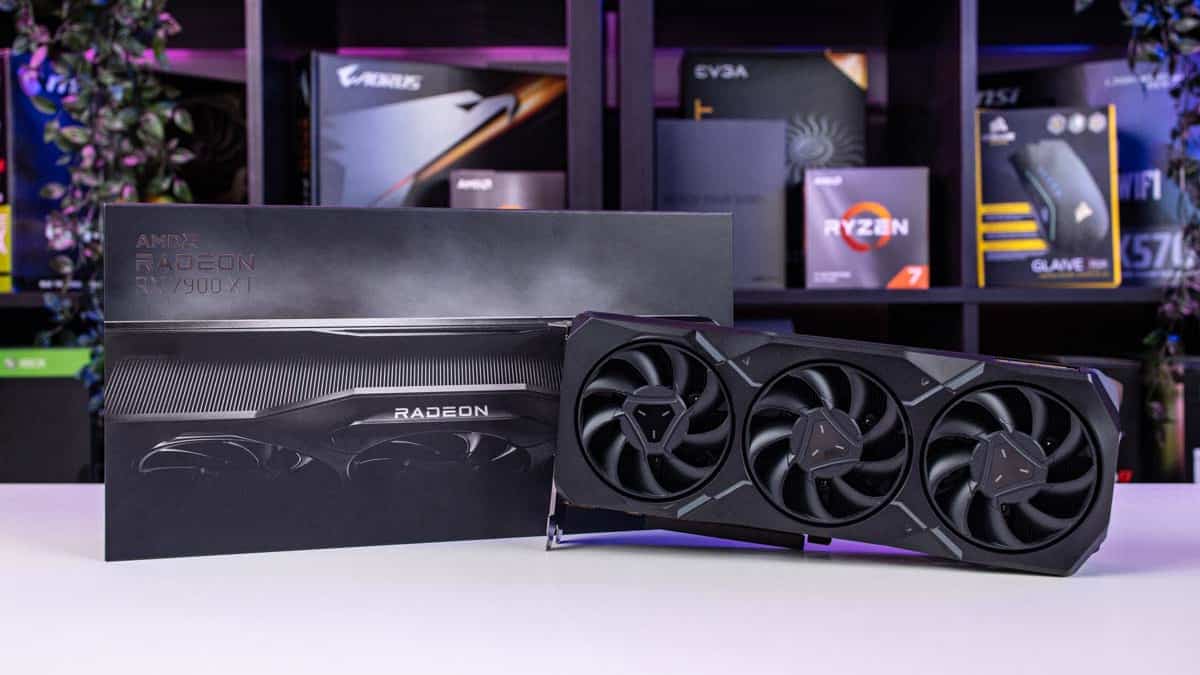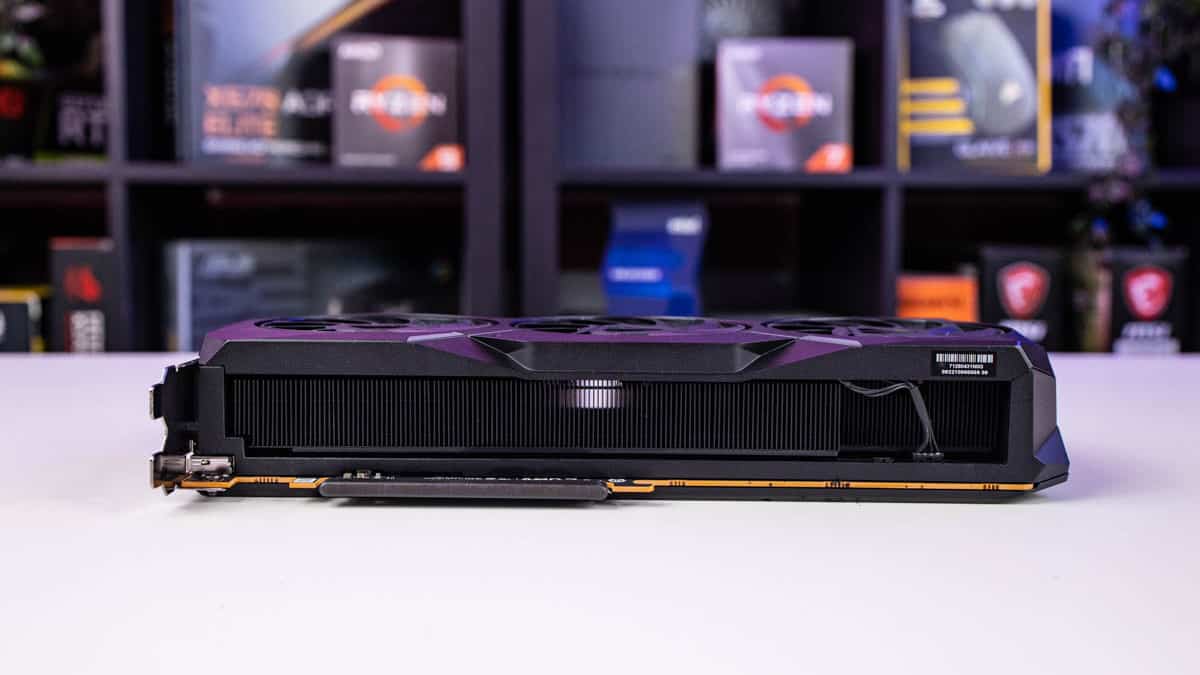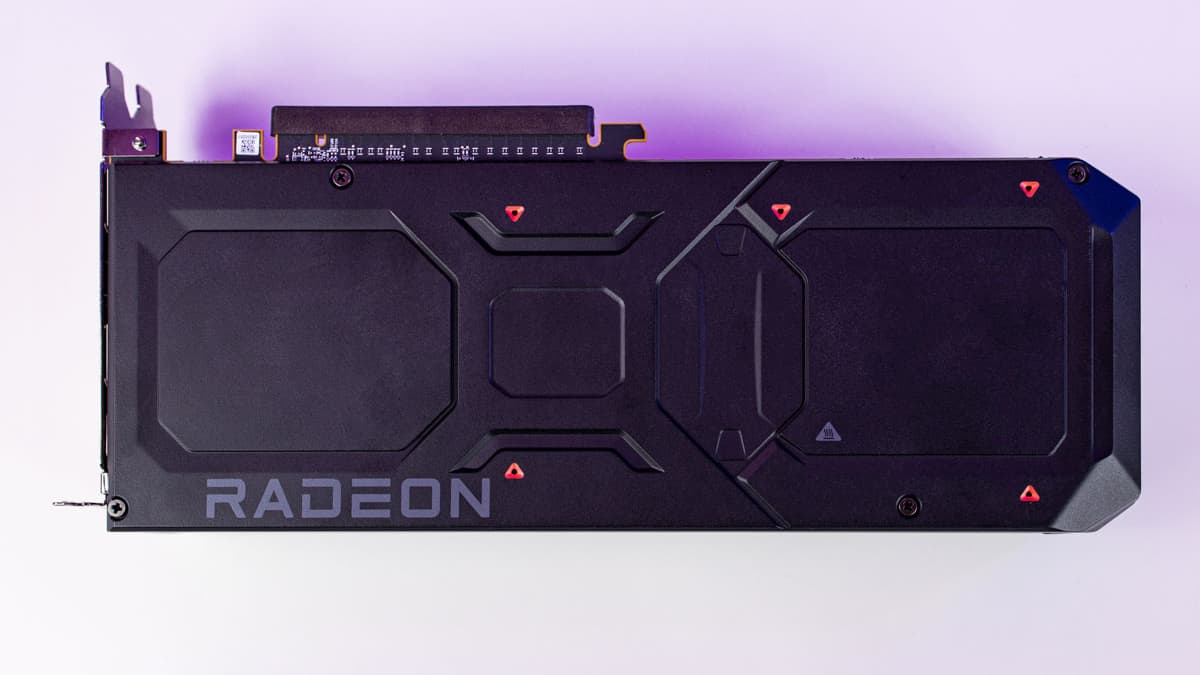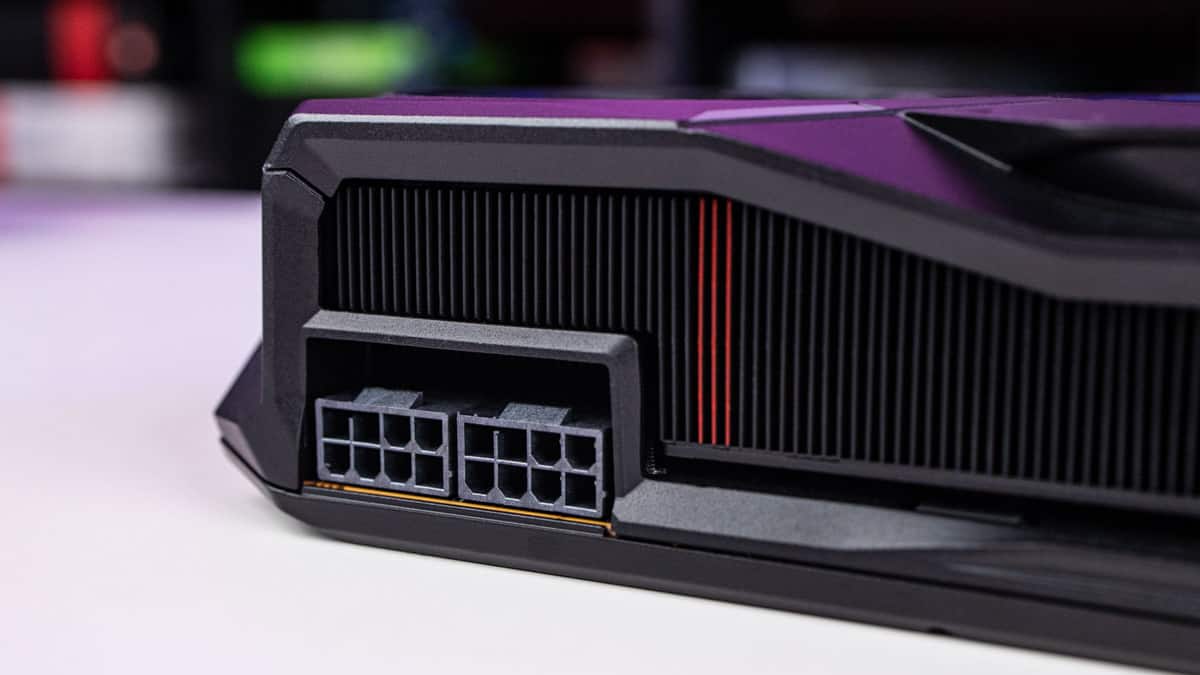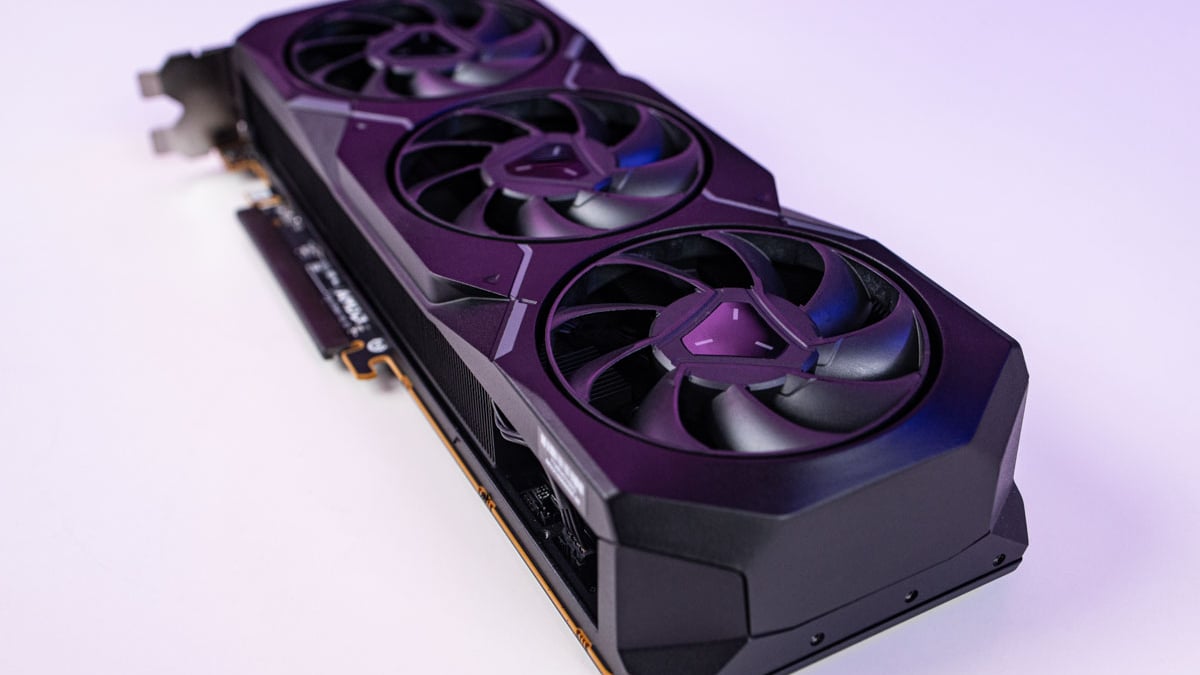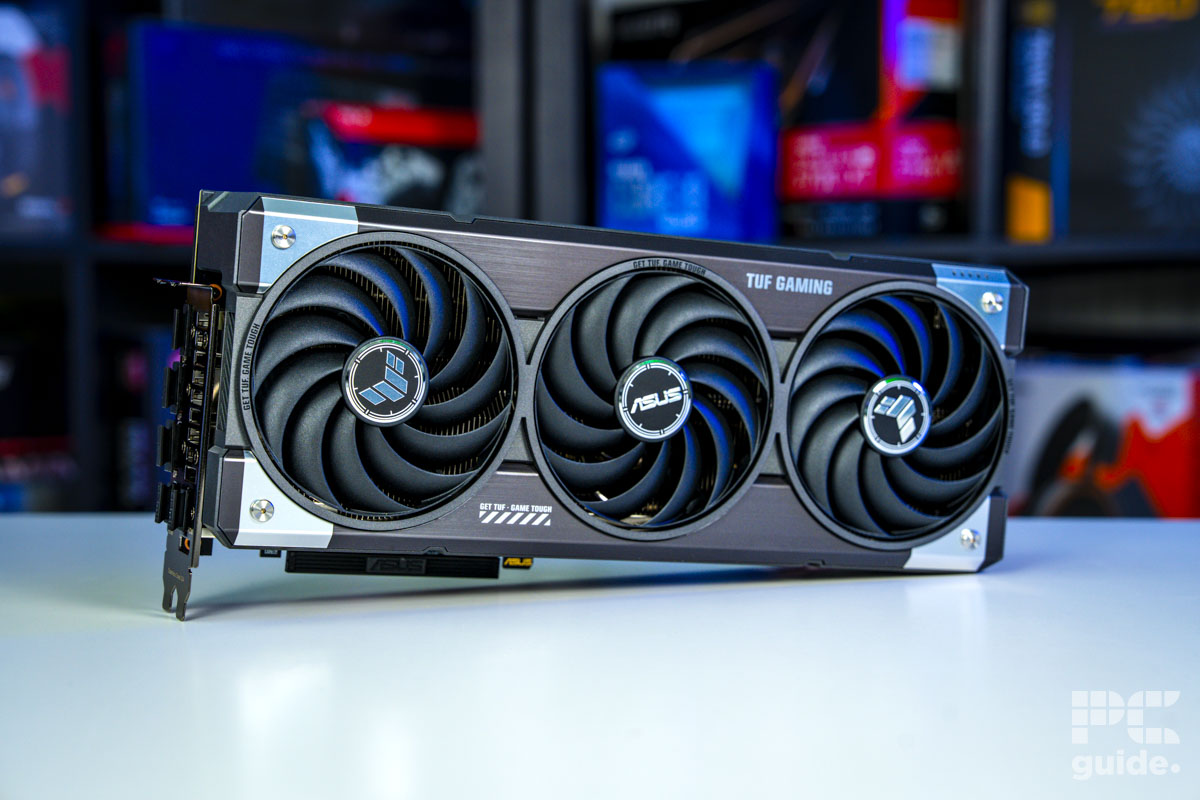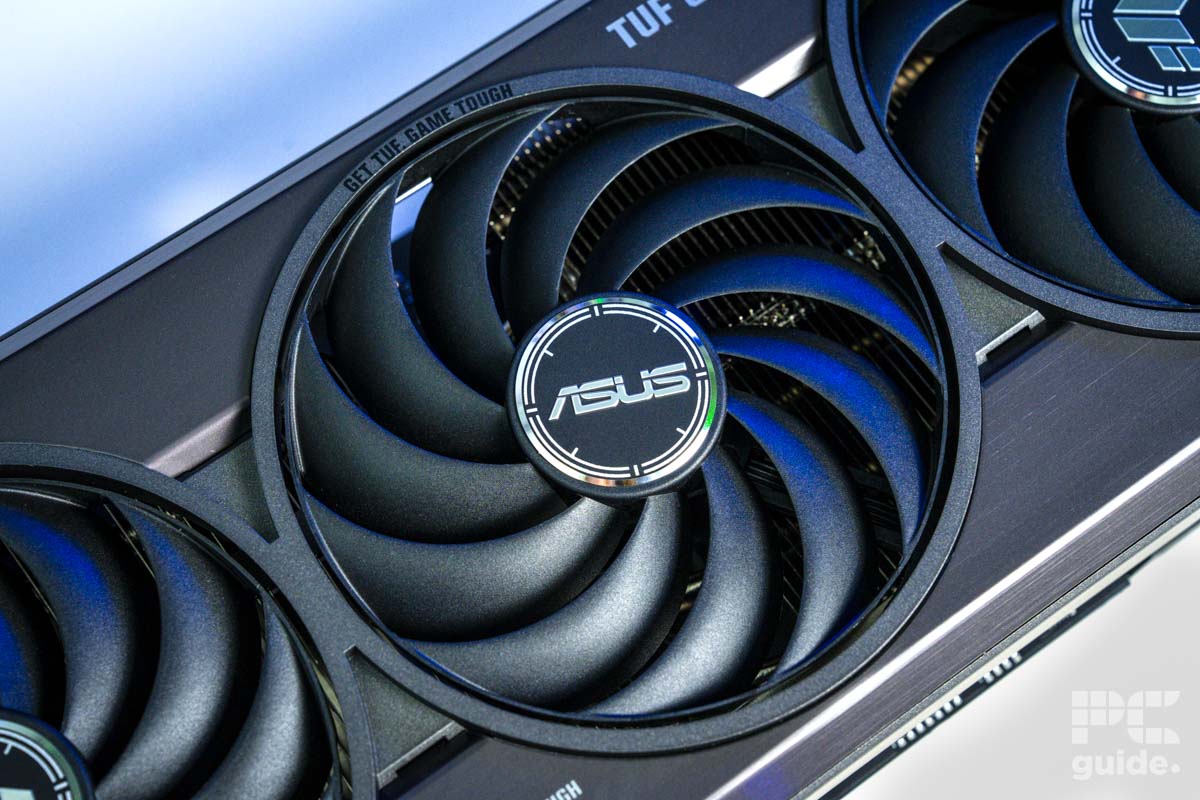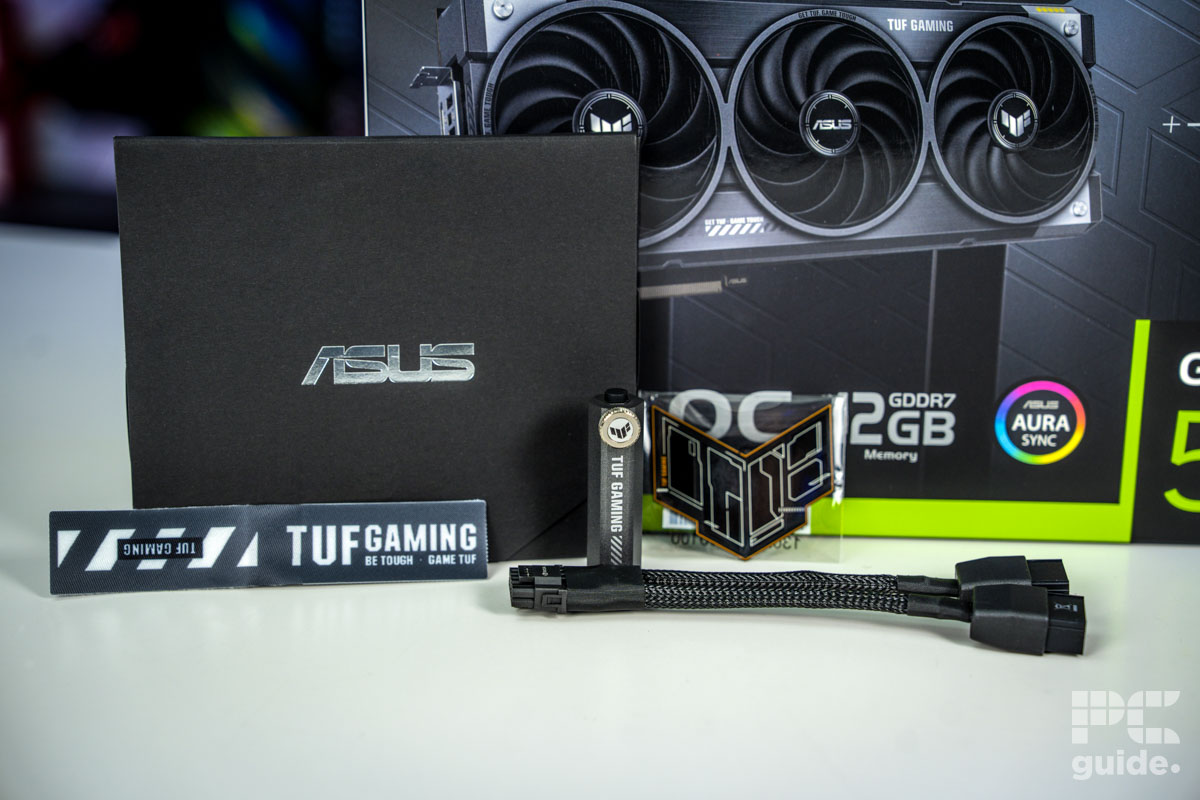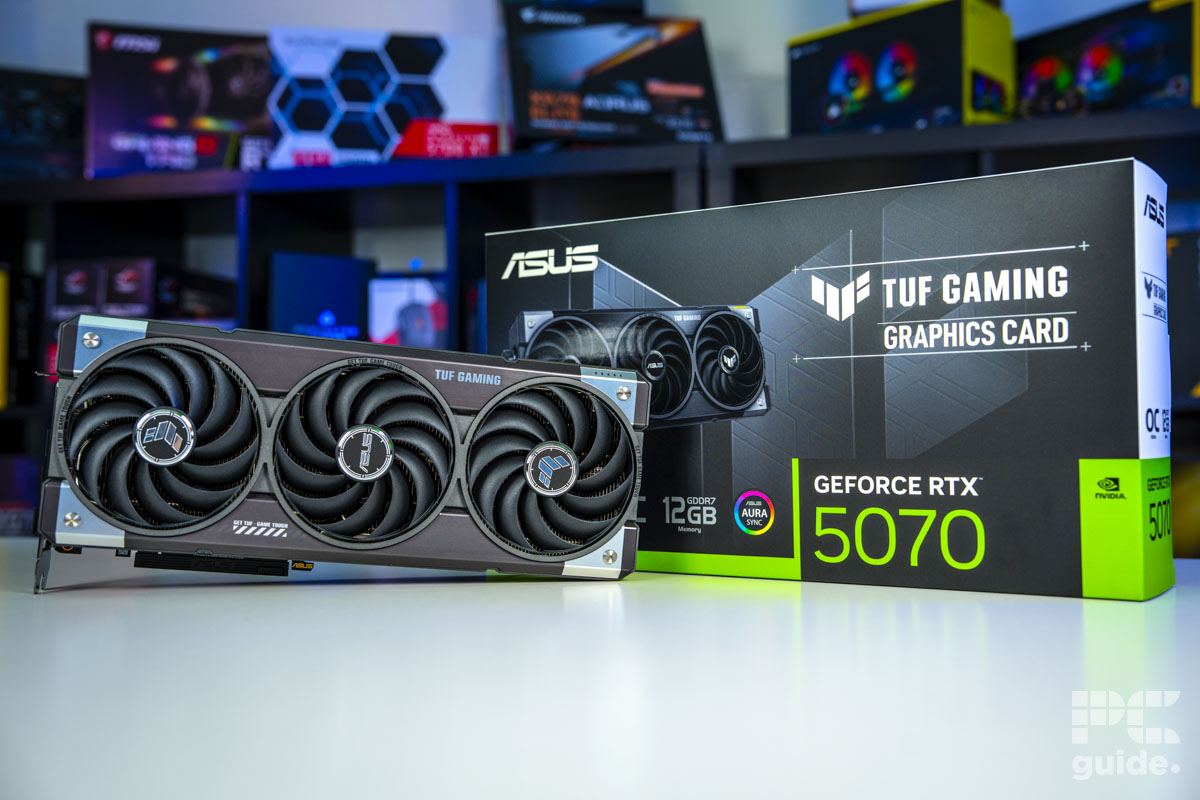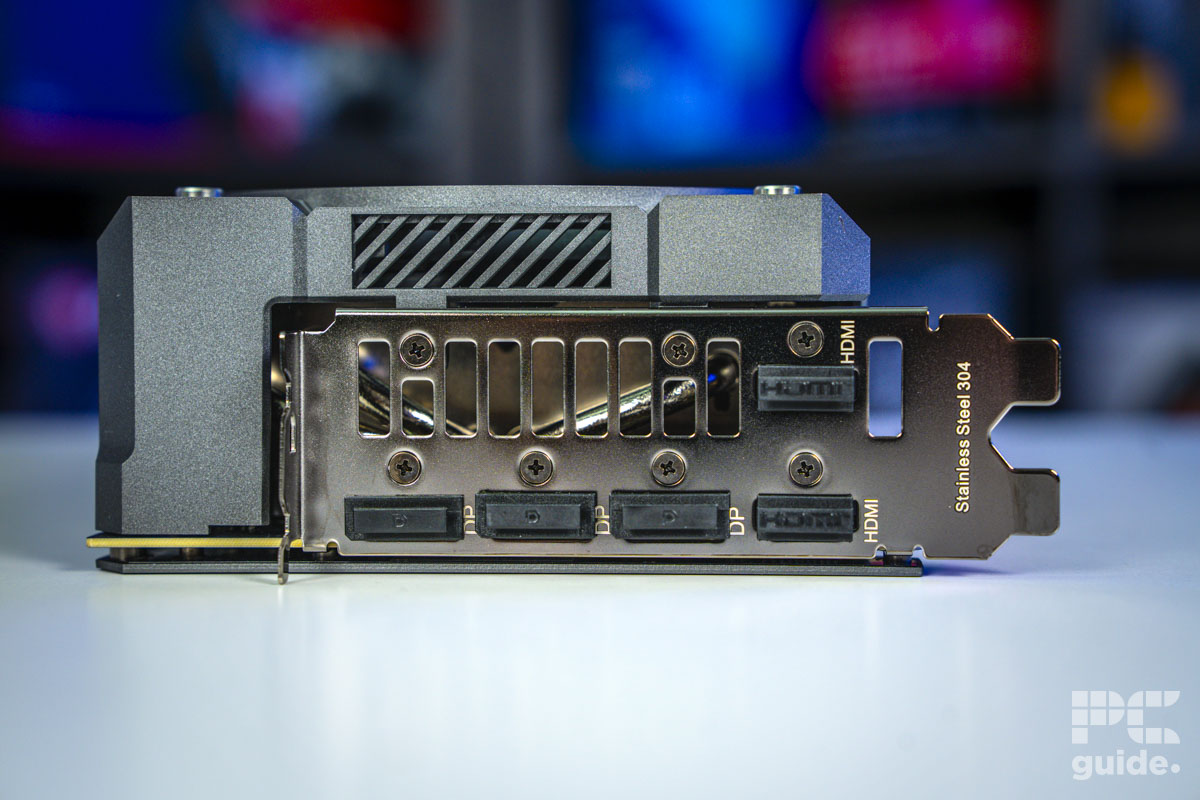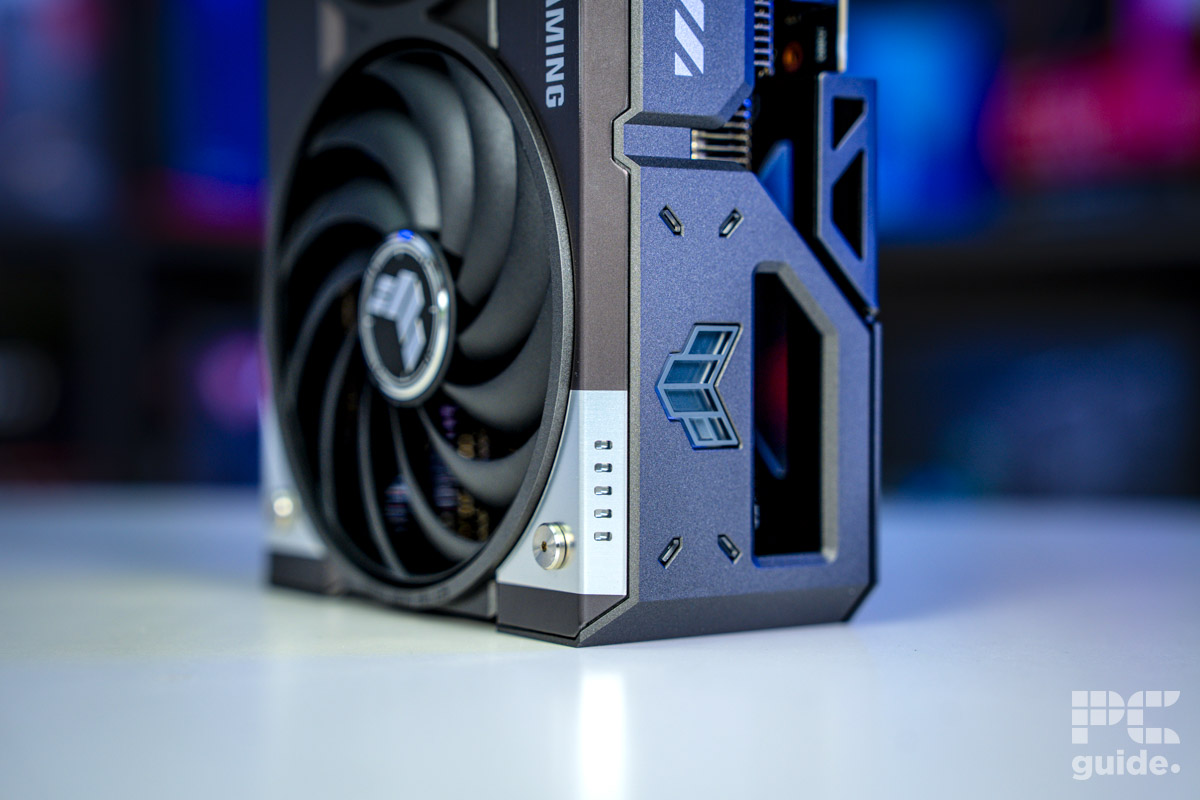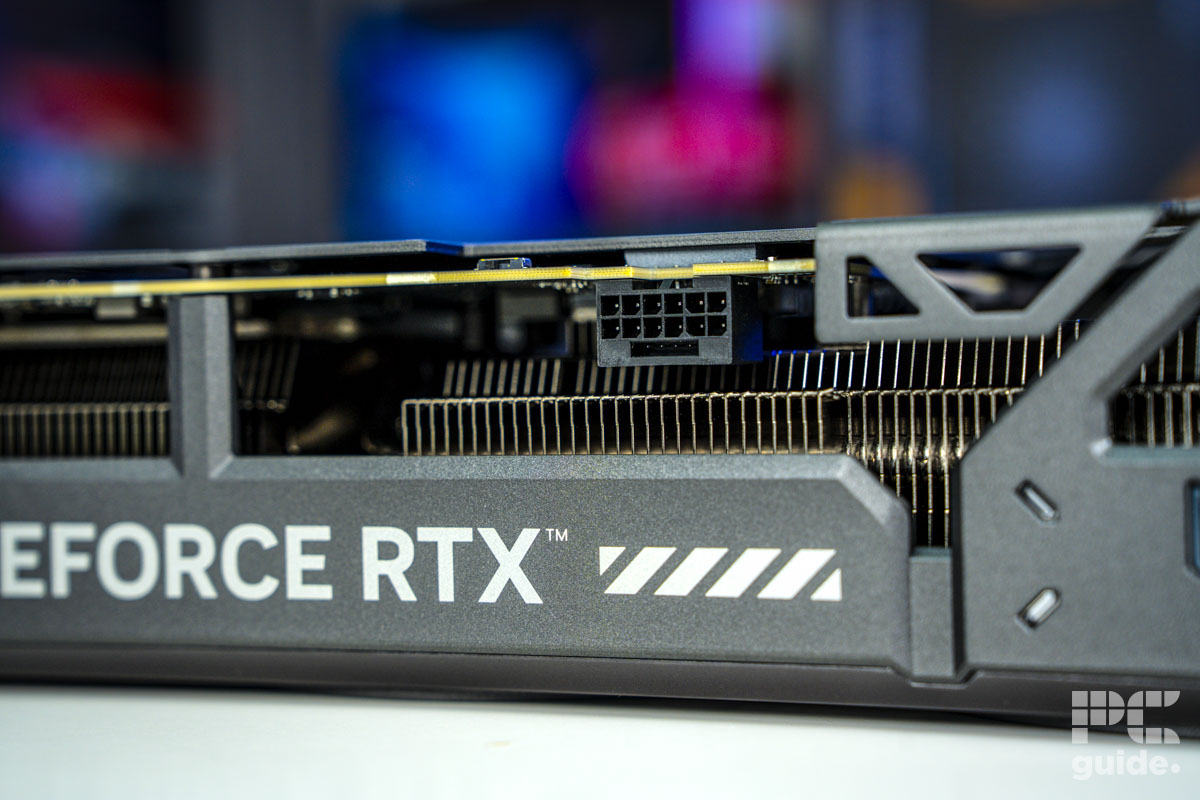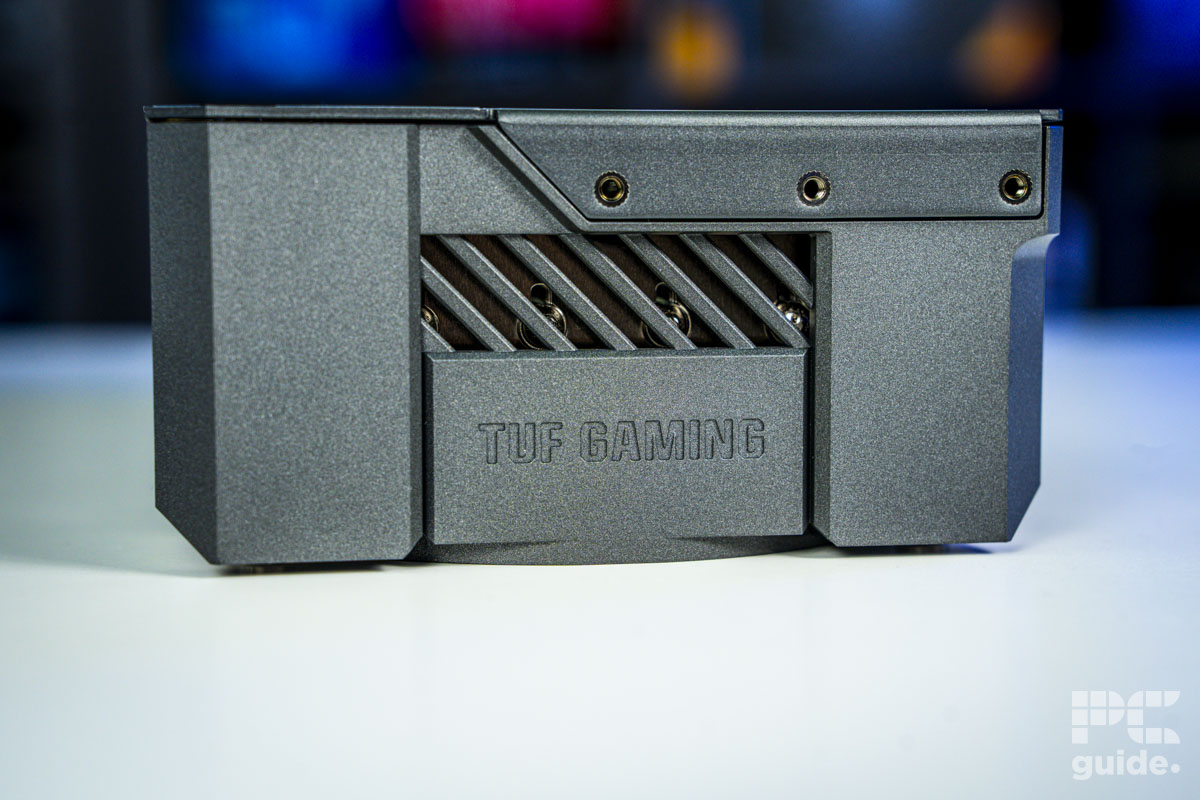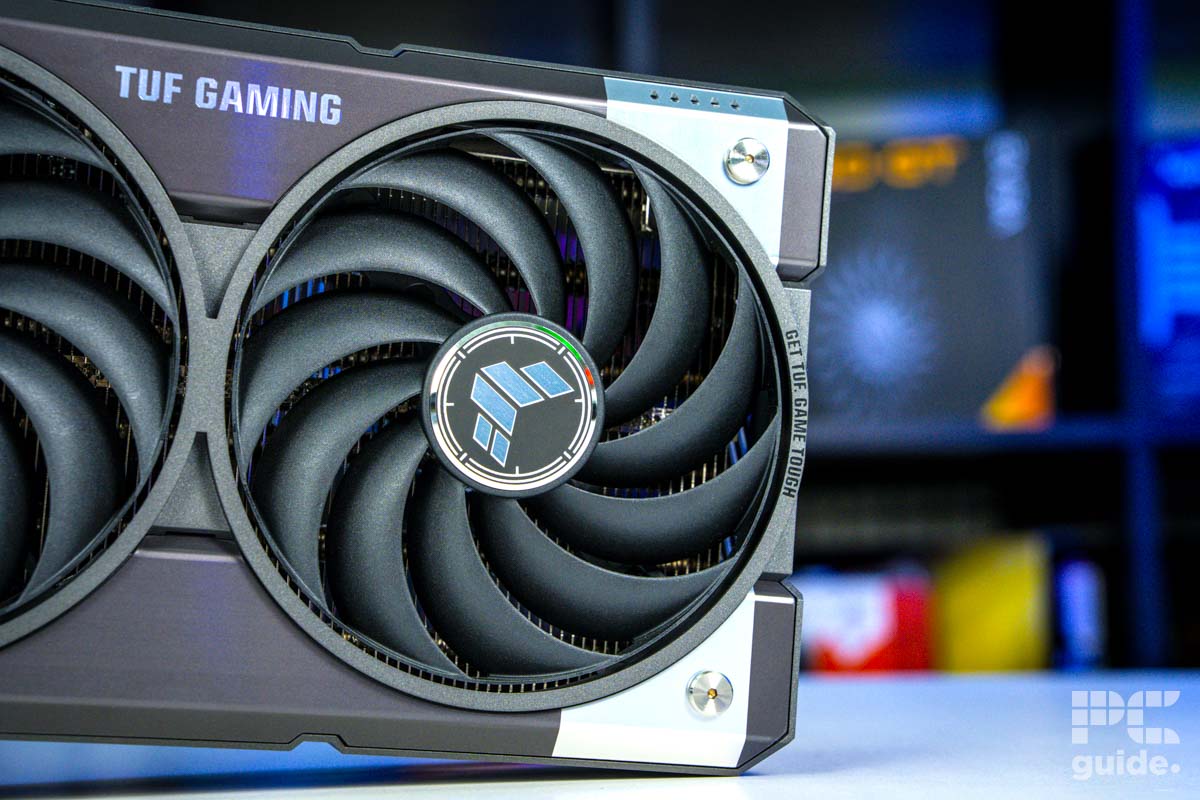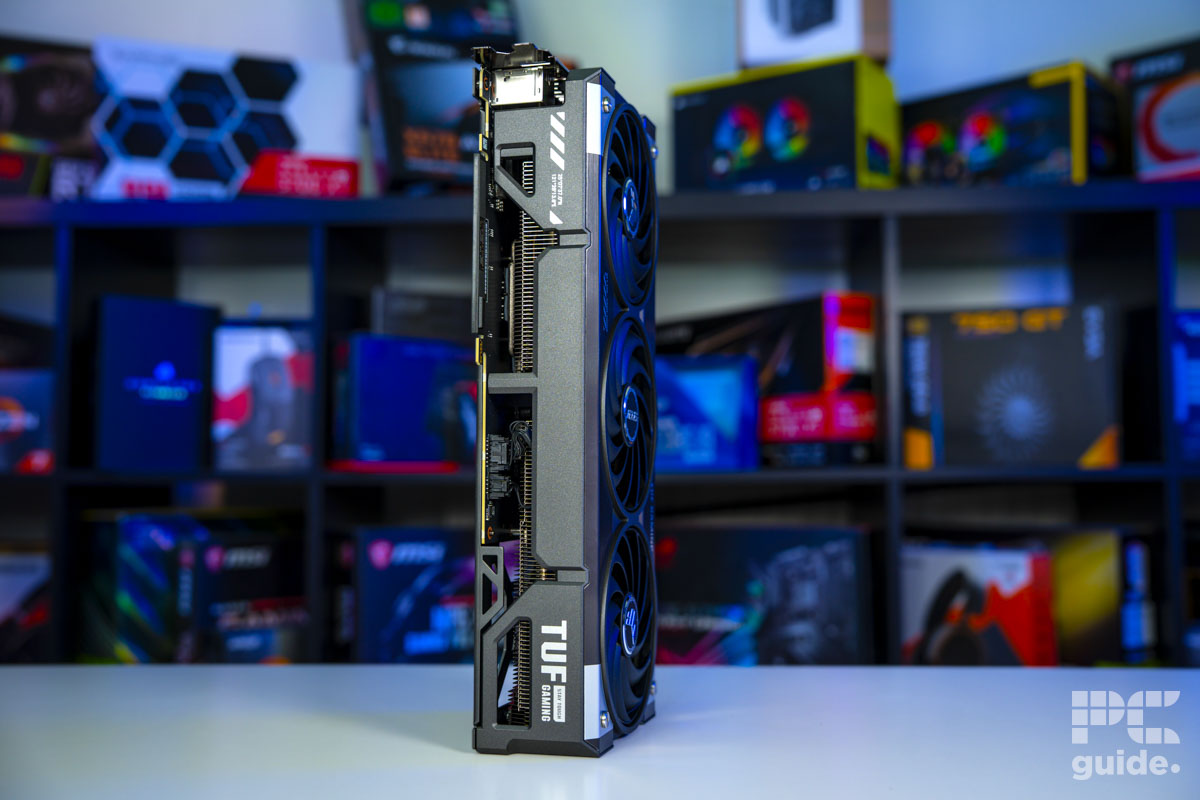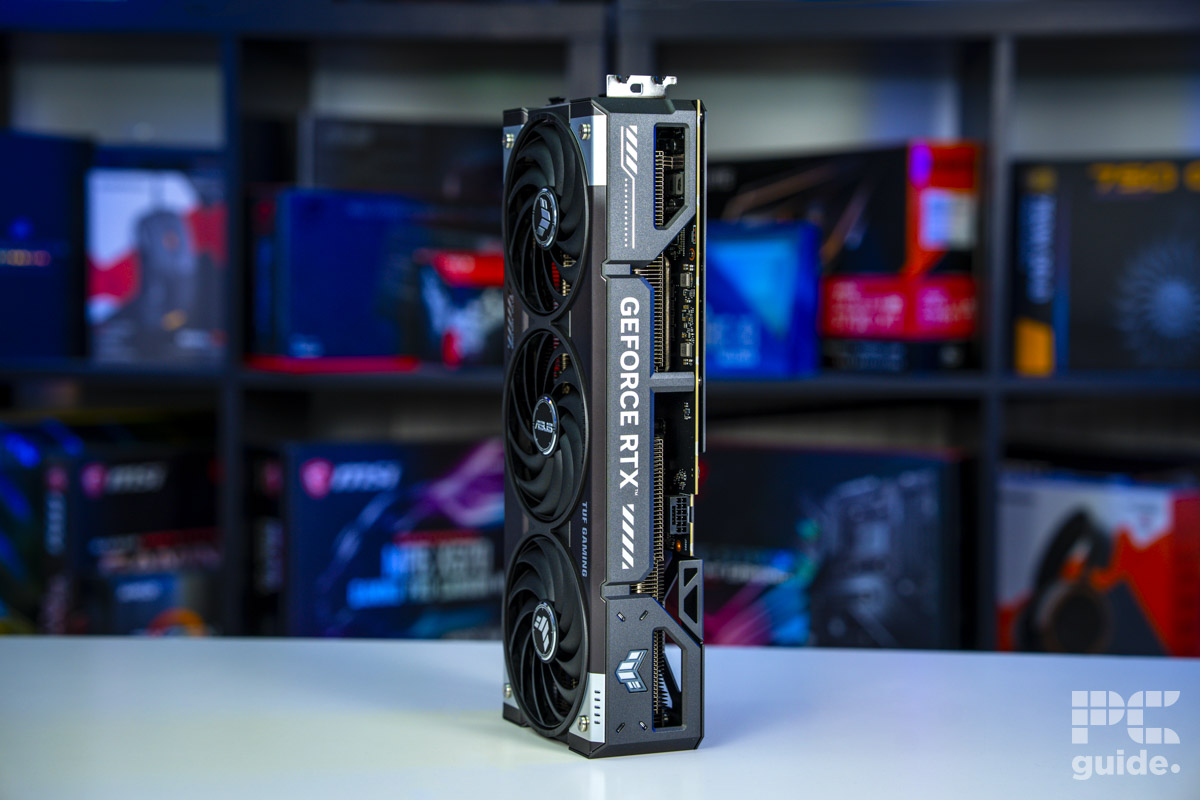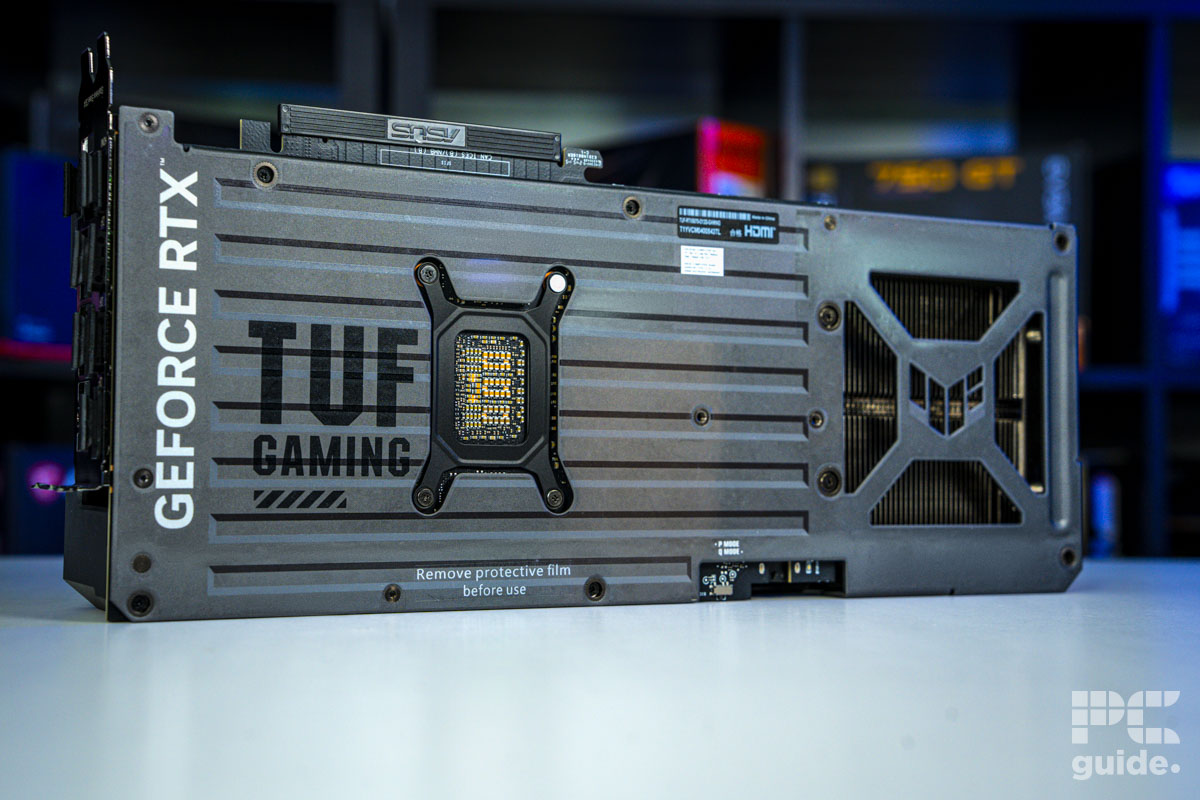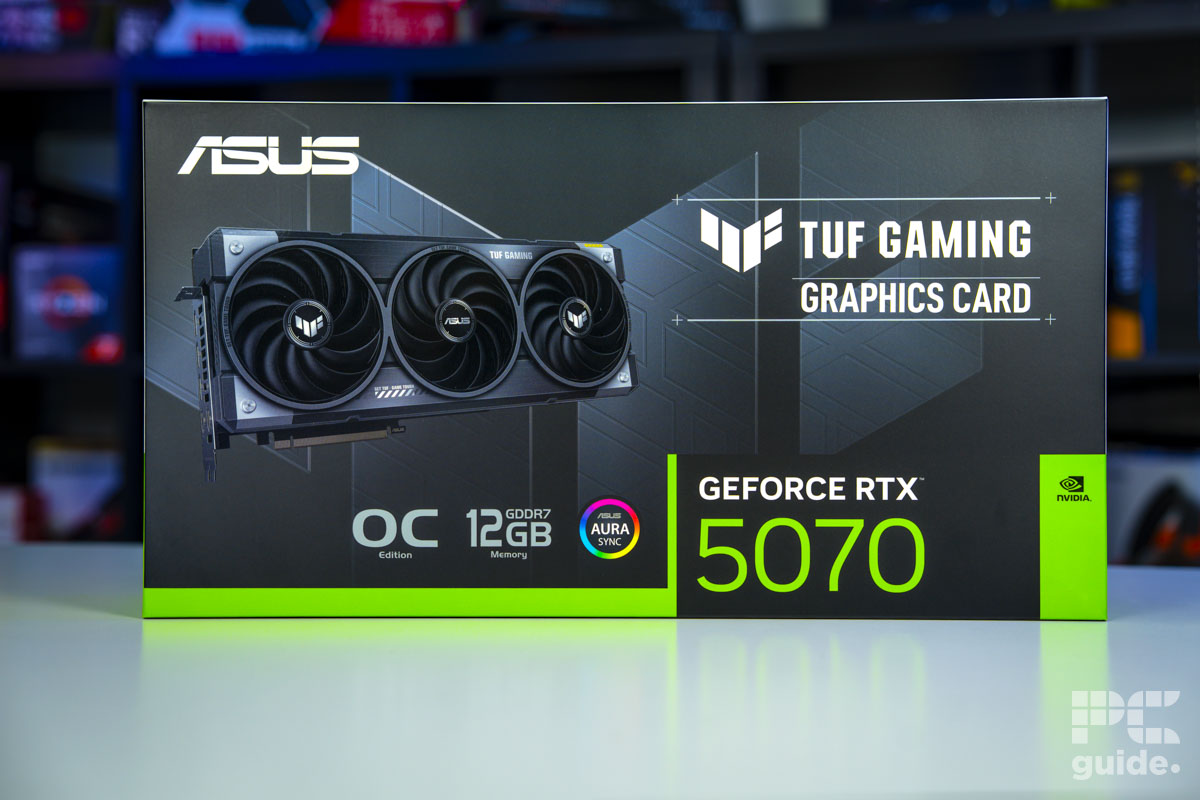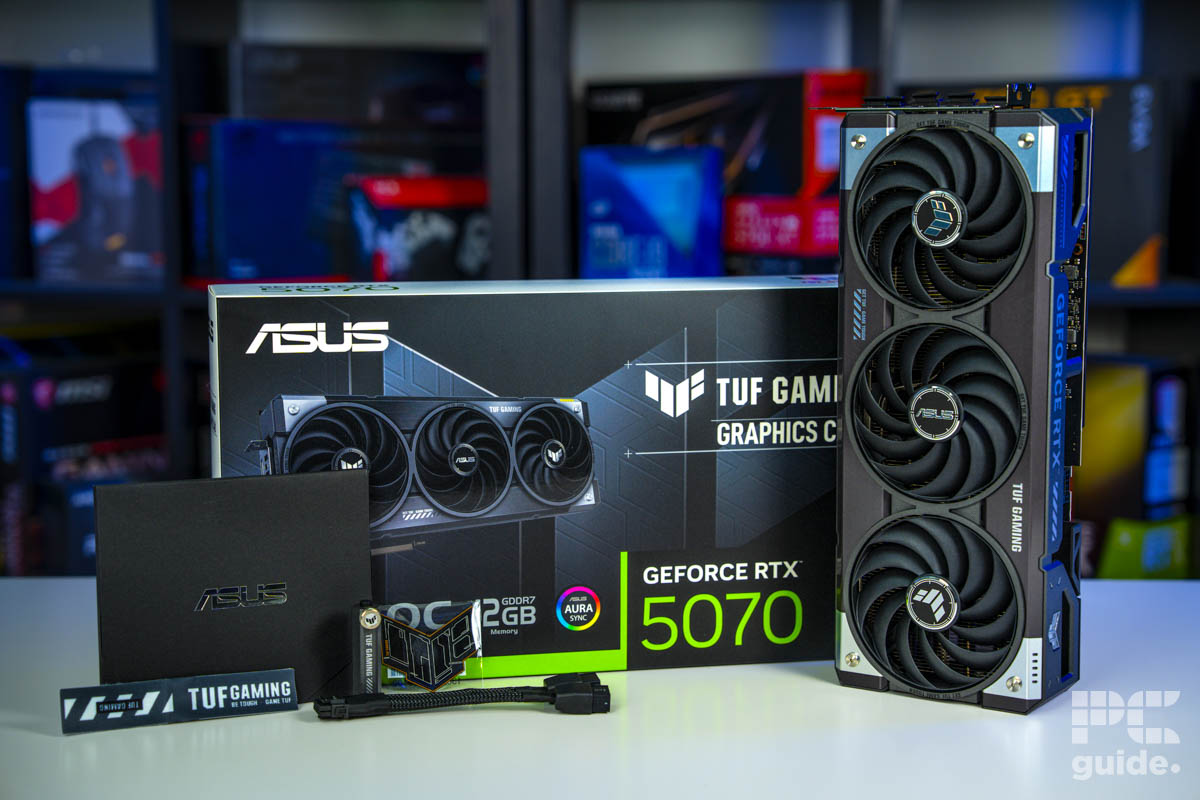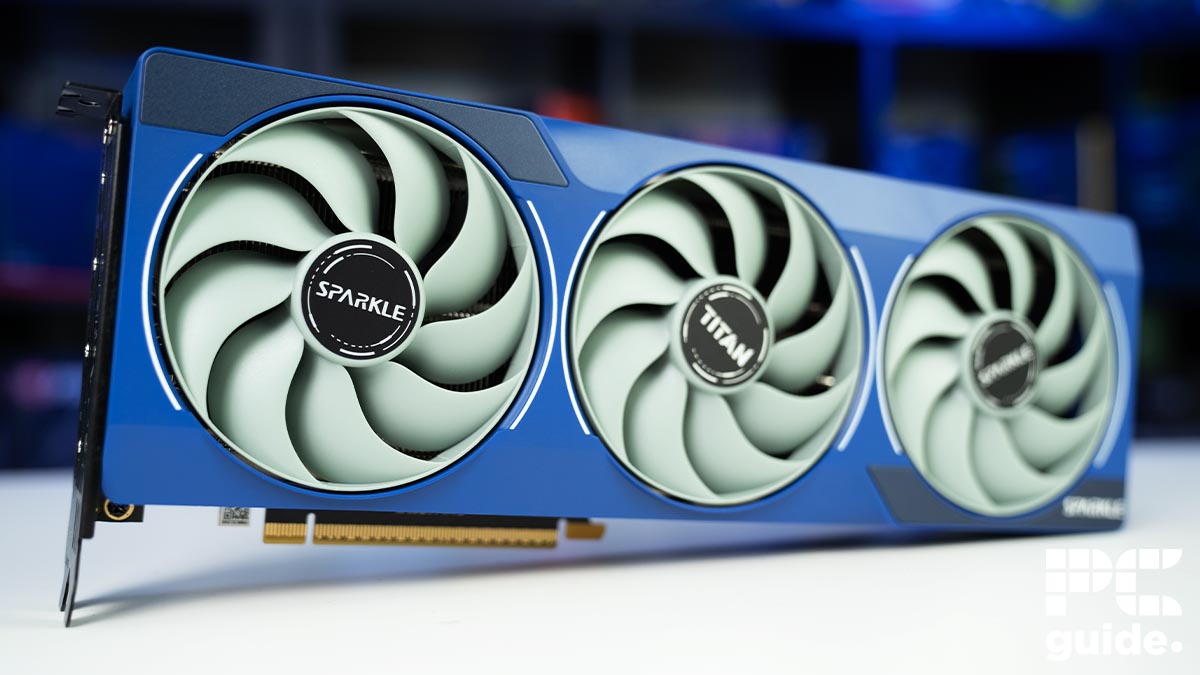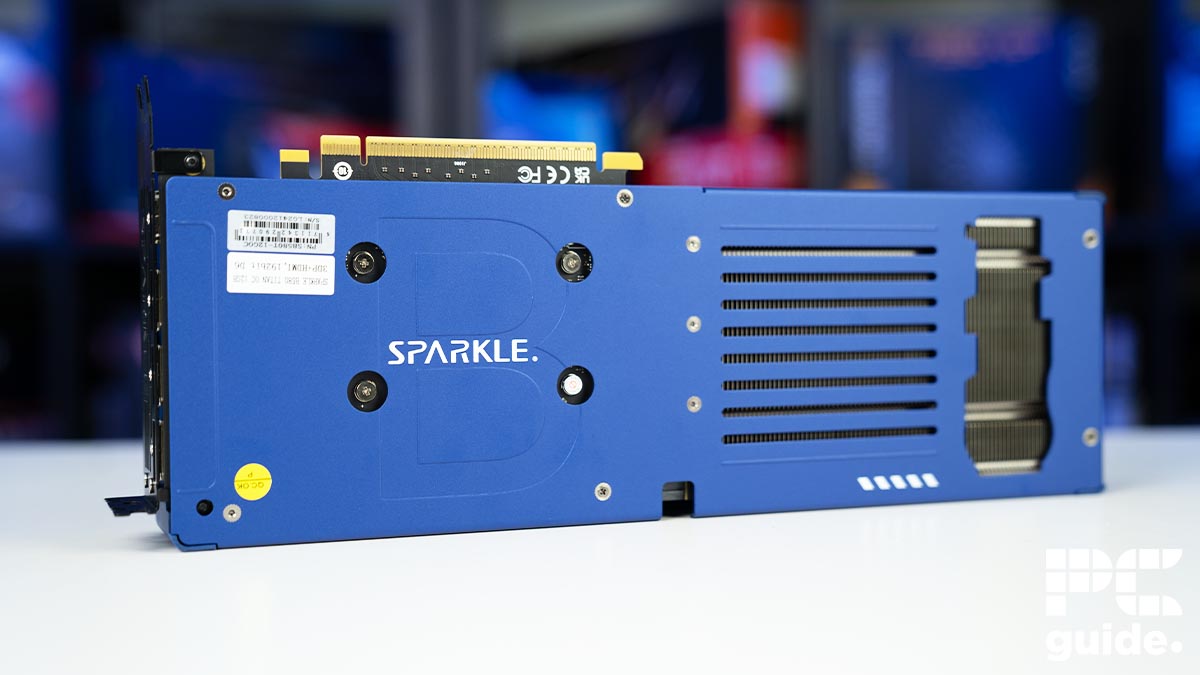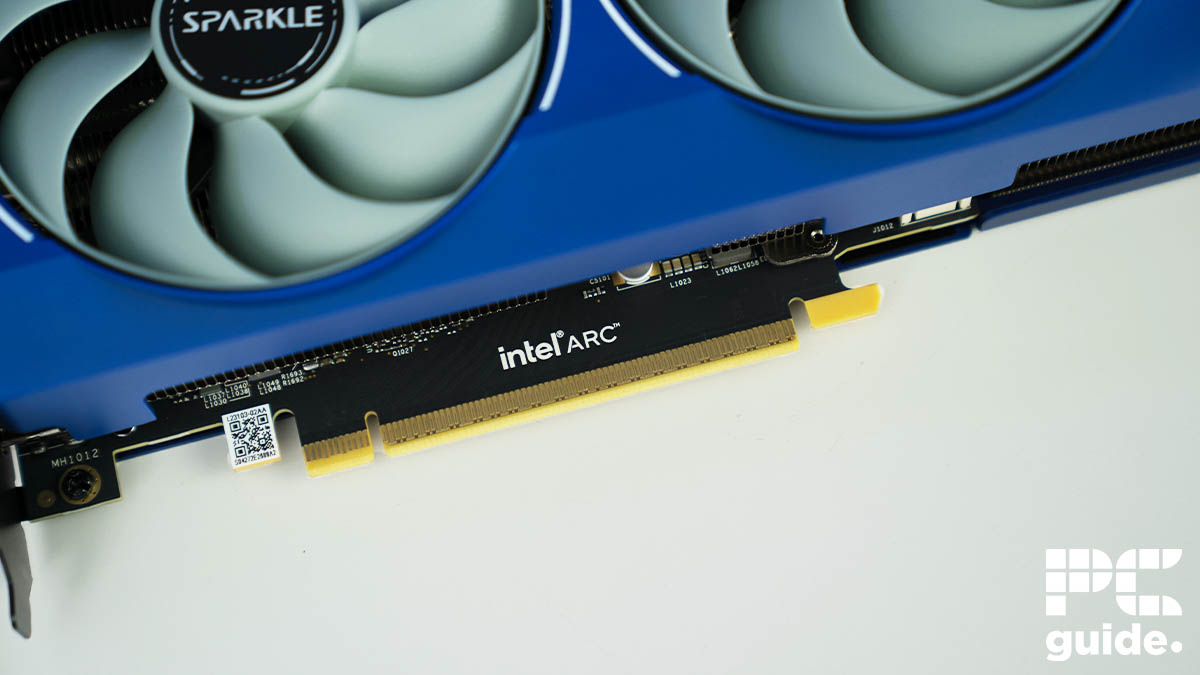Best GPUs for Core i5-13600K in 2025 – our top picks
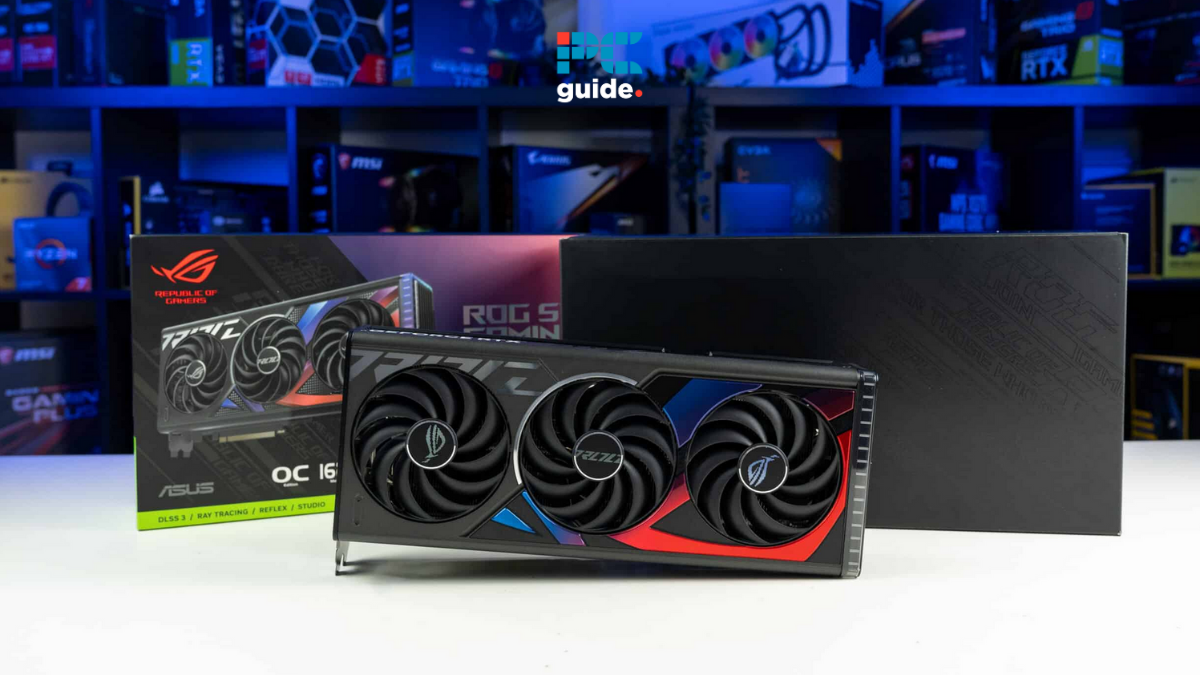
Table of Contents
The Intel Core i5 line has a reputation for being a processor that lives somewhere near the bottom of the mid-range. However. contrary to those expectations, the Core i5-13600K can punch considerably above its weight class.
It got high marks in our review, and its performance makes it a good candidate to pair with a powerful GPU. Even though Nvidia's RTX 50 series graphics cards are some of the most powerful on the market, you might find it difficult to actually get hold of one.
We have selected a few options based on our own internal testing. We've also taken into account budget and performance to give you a range of choices to suit you.
Products at a glance
-
Best GPU for i5-13600K overall
ASUS Prime RX 9070 XT OC
- GPU: Navi 48 XT
- Stream Processors: 4,096
- VRAM: 16GB GDDR6
- Memory Bus Width: 256-bit
- Base/Game/Boost clock speed: 1,660/2,400/2,970 MHz
- TBP: 304W
-
Best AMD GPU for i5-13600K
AMD Radeon RX 7900 XT
- GPU: Navi 31
- Stream Processors: 5,376
- VRAM: 20GB GDDR6
- Bandwidth: 800GB/sec
- Memory bus width: 320-bit
- Base clock speed: 1,387 MHz
-
Best Nvidia GPU for i5-13600K
ASUS TUF Gaming GeForce RTX 5070 OC
- GPU: GB205-300
- CUDA Cores: 6,144
- VRAM: 12GB GDDR7
- Memory Bus Width: 192-bit
- Base Clock Speed: 2.33GHz
- Boost Clock Speed: 2.51GHz
-
Best budget GPU for i5-13600K
SPARKLE Intel Arc B580 TITAN OC
- GPU: BGM-G21
- Shading units: 2,560
- VRAM: 12GB GDDR6
- Memory bus width: 192-bit
- Bandwidth: 456GB/s
- Base/Boost clock speed: 2,670/2,740 MHz
Our top picks


- GPU: Navi 48 XT
- Stream Processors: 4,096
- VRAM: 16GB GDDR6
- Memory Bus Width: 256-bit
- Base/Game/Boost clock speed: 1,660/2,400/2,970 MHz
- TBP: 304W
- Great performance even at 4K and reaching RTX 4080 levels
- Excellent MSRP makes it much more appealing against competition
- Incredible improvements over the previous generation
- Plenty of VRAM for the price
- Still falls behind in ray tracing, AI, and creative workloads
- Spiking and high power draw
- Features not as extensive as Nvidia
It has been a while since AMD created a graphics card that has generated as much hype as the Radeon RX 9070 XT. With an MSRP notably cheaper than its chief Nvidia rivals and a host of positive reviews, the RX 9070 XT is a great choice of GPU.
Though AMD's FSR 4 suite of tools still hasn't entire caught up to Nvidia's DLSS 4 toolset, FSR 4 can still boost performance considerably, even compared to FSR 3. Ray Tracing, frame generation and AI-powered upscaling are all available, and the number of games that support the tech keeps growing.
If your interest is in gaming, then the RX 9070 XT has it where it counts. For example, in F1 2024 on Ultra High settings, it produces an Average of 131 FPS at 1440p. It can still pull respectable figures when pushed up to 4K as shown in Horizon Zero Dawn where the RX 9070 displays 100 FPS compared to 64 FPS from its main rival, the RTX 5070.
Despite the relative handicap when it comes to Ray Tracing, in Cyberpunk 2077 at 1440p with Ray Tracing turned on, the RX 9070 XT pushed out 129 FPS.
The other advantage of the RX 9070 XT is simply in its availability. Nvidia is struggling to keep its graphics cards stocked at retailers, while AMD cards are getting new stock in on an almost daily basis. This makes it easier for consumers to actually buy a GPU.
- Great for 1440p and 4K gaming
- Reasonable price point
- Higher up on AMD's performance stack
- Not very energy efficient
- Has a USB-C port
- Ray Tracing performance is lacking
If you're looking for a budget AMD GPU for i5-13600K, give the RX 7900 XT a shot. We recommend this card as in our RX 7900 XT review, it performed exceptionally.
For starters, this GPU has 5,376 stream processors, a game frequency of 2,000MHz, and a boost frequency of 2,400MHz. Stream processors are AMD's CUDA cores, and this card has plenty of them, which means that it should have no issue processing graphical tasks of varying intensity. On top of that, even if the processing seems a bit slow, you can always increase its clock speed and get the best performance out of this card.
It packs 20 GB of GDDR6 memory with a 320-bit memory interface width. This should be more than enough to handle 4K gaming and other professional tasks like deep learning, video editing, and rendering. The 320-bit interface should also be enough to handle massive amounts of data going to and from the GPU for processing.
That said, the RX 7900 XT is still using the slower GDDR6 memory, which could limit its performance in multiple domains. However, during our testing, the RX 7900 XT showed exceptional results in 1440p and 4K gaming without Ray Tracing or any upscaling features enabled.
So, whether you're a competitive FPS player or enjoy intense story-based games, the RX 7900 XT should easily cater to your needs by providing quick performance, high framerates, and detailed breathtaking visuals. However, since it is a powerful card paired with a powerful CPU, you might experience some bottleneck issues if you're playing at 1080p.
It also supports various AMD technologies like Smart Access Memory and FSR. Smart Access Memory basically removes the middleman and gives the CPU and GPU direct access, resulting in better and faster performance with reduced access times. However, this only comes into effect when you pair an AMD GPU with a Ryzen processor. So, if you plan on making the shift to Team Red, this should give your setup's gaming performance an overall boost.
The AMD Radeon RX 7900 XT's new price point and powerful performance put it firmly in competition with some of Nvidia's best mid-range GPUs, and its large memory pool ensures it will be futureproofed for many years to come.
PC Guide
The AMD FidelityFX™ Super Resolution, or FSR, uses upscaling and advanced frame generation to enhance the in-game performance. According to AMD, for the RX 7900 XT, you should see a performance increase from 50 FPS to 175 FPS in titles like Forspoken with FSR3 Performance mode and frame generation enabled. This shows how effective this technology can be and should be in breaking through hardware limitations.
This GPU's dimensions are as follows: 276 mm in length, 110 mm in width, and 51 mm in height (10.9” L x 4.3” W x 2” H). This means that this card is on the larger side, and you'll need to ensure that the casing has enough space to install it onto your motherboard.
Also, make sure that the card isn't crowded, as AMD claims it has a typical draw of 315W, which means it should generate a good amount of heat. So, if it doesn't have enough clearing, it could lead to overheating. So, ensure that your casing has enough space; if it doesn't, consider upgrading to a larger PC case for better airflow. If you're interested in checking out some options, we've got you covered with our best full tower case guide, which has the top picks.
- GPU: GB205-300
- CUDA Cores: 6,144
- VRAM: 12GB GDDR7
- Memory Bus Width: 192-bit
- Base Clock Speed: 2.33GHz
- Boost Clock Speed: 2.51GHz
- Great looking design and thermal performance
- Inclusion of transformer model and MFG capability
- MSRP theoretically below last generation
- Capable of 1440p gaming
- Performance falls far below marketing claims as expected
- Custom card oversized for its needs
- Overshadowed by AMD release close by
- Limited VRAM capacity and increases power draw
Nvidia made some bold claims about the RTX 5070, promising performance on par with the RTX 4090, the most powerful GPU of the previous generation. The RTX 5070 did not quite manage to live up to those lofty claims, but it does still offer good performance while being one of Nvidia's more affordable options in the Blackwell GPU lineup.
The RTX 5070 has 6144 CUDA cores, 12 GB of VRAM, Memory bus width of 192-bit and a Boost Clock speed of 2.51GHz.
With these specifications, the RTX 5070 can eat 1080p gaming for breakfast. In F1 2024, for instance, the RTX 5070 can manage an average of 136 FPS at 1080p. In Horizon Zero Dawn it can pull off 149 FPS on average on 1080p with Ultra settings.
1440p is really what the RTX 5070 was designed for. Going back to Horizon Zero Dawn, the RTX 5070 manages 116 FPS on Ultra preset. In F1 2024, it pushes out 95 FPS at 1440p.
However, since this is an RTX 50 series GPU, there are the DLSS 4 toys to play with. With DLSS 4 and Frame Generation turned on, the RTX 5070 can pull off 119 FPS even at 4K with Ultra High presets in F1 24.
Even extremely demanding Ray-Tracing titles like Cyberpunk 2077 can be handled. On ultra Settings at 1080p with Ray Tracing turned on, the RTX 5070 managed a respectable 72 FPS on average.

- GPU: BGM-G21
- Shading units: 2,560
- VRAM: 12GB GDDR6
- Memory bus width: 192-bit
- Bandwidth: 456GB/s
- Base/Boost clock speed: 2,670/2,740 MHz
- Plenty of VRAM in comparison to the competition
- HDMI 2.1 and DP 2.1 are available
- It can push 4K in some titles
- Only Gen 4 x8 PCIe – may be an issue for older motherboards
- Slightly more expensive than reference card
- Still occasional troubles in older games specifically
The Intel Core i5-13600K can keep up with the most high-end GPUs without causing a bottleneck, but where a processor really needs to shine is during low-resolution gaming. That being said, we recommend pairing it with the Intel Arc B580 for solid 1080p and 1440p gaming output. It should easily keep up with it and even more powerful GPUs like the RTX 3080, which we’ve used in our 13600K review.
However, that doesn’t mean the Arc B580 is a slouch, as our Sparkle Intel Arc B580 review showcased excellent gaming and synthetic results, putting the RTX 4060, RX 7600 XT, and even the RTX 4060 Ti in some places on the back foot. This performance is courtesy of the new Xe 2 architecture, which this GPU is based on, and the 20 Xe cores that power various operations.
The variant we reviewed is from Sparkle. It features a triple fan design, measures 315 x 117 x 44m, and, most importantly, comes with a GPU support stand. This is great as this GPU is a bit long, and the support stand does wonders to avoid putting the PCIe slot under stress. We haven’t seen this before, but it is a welcome addition.
In addition, it also comes with custom OC settings, which can increase its clock speed to 2,800 MHz with its TDP ramping up to 210W. That being said, the minimum PSU recommended by Intel is 600W, which should be more than enough even if you pair it with high-end processors. However, if you’re interested in exploring some options, we recommend you check out our guide for the best power supplies for gaming, which has the top picks.
Coming in with a decent amount of VRAM for the ever-growing graphics requirements at a lower price, it even offers 1440p performance at times in a tier where the competition was a bit stale. It's certainly a great alternative to an entry-level gaming card.
PC Guide
Intel also claims that it has a maximum resolution of 7680 x 4320 (8K) via HDMI and DisplayPort and can support up to four displays, but that doesn’t mean you can power four 8K monitors with this card or even play 8K games. The sweet spot for this GPU is 2K in gaming, and it might be able to power a 4K or 8K monitor for normal usage.
To see how it performs in gaming, we paired it with the 7800X3D and ran games at 1080p and 1440p, but some titles managed to run at 4K, which is nothing short of incredible. In Doom Eternal, at ultra nightmare, we got 225, 166, and 90 FPS at 1080p, 2K, and 4K, respectively. Now, this is where the 12GB of GDDR6 VRAM comes into play, as the RTX 4060 could only manage 1440p and 1080p with 150 and 198 FPS, respectively.
So, this GPU has better performance than budget Nvidia and AMD alternatives and also delivers that at a lower price point. Overall, this is an excellent card if you’re on a budget and should work well with the 13600K for smooth FHD and QHD gaming.
How to pick the best GPU for i5-13600K
Before investing in any GPU, there are a handful of factors that you need to keep in mind. These factors should help you avoid needless upgrades and filter your options until you have the best balance between performance and value. We've listed some of these factors below to help you make an informed decision.
Compatibility
Generally, GPUs and CPUs don't have compatibility issues; however, you need to check your motherboard, PC case, and PSU. First, ensure that your motherboard has a free slot where the GPU can go. If you have the latest motherboard, it will still work with a PCI 4.0 GPU, as PCI generations are backward compatible. This means that you won't run into compatibility issues, but you might experience some performance drops due to the bandwidth limitation of the older generation.
The next part to look for is the casing. Go to the manufacturer's or third-party's website and look for the dimensions of the graphics cards you're leaning toward. Check whether your PC case has enough space to comfortably accommodate it. If you get a GPU that won't fit inside your case, you'll have to upgrade to a more spacious casing, and that is just an added cost that can be avoided.
The last thing you need to check is the power rating. If your PSU can handle the load of all the components, including the GPU, then you're good to go. If not, consider upgrading your PSU because if the power draw exceeds its limitations, your system will keep tripping, resulting in disruption and another added cost.
Price
One of the most important factors to consider is the price of the GPU and your budget. There is no point in getting an overkill GPU like the RTX 4090, which we've also had hands-on experience with, to pair with the i5-13600K, as it'll most likely result in some bottleneck issues at lower resolutions.
So, filter your options based on your budget and then pick a GPU that compliments the computational capabilities of the Intel Core processor. You should be able to easily run gaming in high 1080p and 1440p settings if you pair this GPU with mid-range and slightly higher-tier cards like the RX 9070 XTi.
Usage
Consider what you plan on using the GPU for, and take into account the capabilities of the CPU as well. Generally, i5 processors offer a good balance between performance and value. They are considered “budget” picks, but with the architecture of the 13th generation, these chips are more than powerful enough to handle various resource-intensive tasks.

